Sandhill Preserve
Flat Island Preserve
McCarty Ranch Preserve
Spruce Bluff Preserve
Maritime Hammock Preserve
Weedon Island Preserve
Weedon Island Preserve is a natural and cultural gem in St Petersburg on Tampa Bay. Comprised mostly of marine aquatic and coastal ecosystems, with a few upland exceptions. It is home to many native plants and animals, a rich cultural history, and an educational facility. The native peoples lived at this site for thousands of years. Much of the preserve contains mosquito ditches constructed in the 1950s. These ditches help connect sitting pools of water to larger bodies, allowing predatory fish to feed off mosquito larvae rather than use pesticides in the area. Currently, the Preserve preserves this land’s unique natural and diverse cultural heritages. This can be found in the Educational Center and the preserve. Today, Weedon Island Preserve is set aside as a 3,190-acre natural area managed by Pinellas County.
The largest estuarine preserve in Pinellas County is well known for its birding and fishing. The preserve provides over 4.5 miles of nature trails for hiking, 2 miles of boardwalks and paved trails that are ADA accessible, and the remaining 2.7 miles are natural trail loops. At the end of the Tower Trail sits the observation tower and at 45-foot-tall, it is the tallest of its kind in Pinellas County. You can see most of the preserve, Tampa, and St Petersburg if the conditions are right!
If you are tired of walking on land and want to spend time on the water, you are in luck! Weedon Island also includes a 4-mile, self-guided canoeing/kayaking loop called the South Paddling Trail. Meandering through mangrove tunnels and out to the bay. If you don’t have your own vessel, no worries; a company on site provides tours that take you through the maze of mangrove tunnels. Other activities include fishing from the pier, a boat launch at the end of the road, and picnicking at any designated picnic tables provided through the park and trails.
Don’t forget to check the Weedon Island Preserve Cultural and Natural History Center to learn about the natural history of the ancient native inhabitants of the area. Check the schedule of events because not only does Pinellas County sponsor events, UF/IFAS Extension agents also provide a wide variety of educational programs and events for the general public that are family-friendly and often free of charge. Monthly programs may include guided hikes, archaeology classes, speaker series, photography or birding meet-ups, and environmental sustainability workshops.
Amenities:
Educational Center
Wildlife Viewing
Lookout Tower
Information Kiosk
Guided Tours and Trails
Exhibits
Fishing Pier
Paddling Launch and Rentals
Parking Area
Restrooms
Interpretive Signage
Nature Trails, sand
Picnic Area
Seating Area, Pavilion
Bathrooms
Learning Center
Address: 1800 Weedon Drive Northeast, St. Petersburg, Florida 33702
For more information: http://www.weedonislandpreserve.org/
Photo Credit: Aymee Laurain
Author and Photo Credit: Bobby Putnam 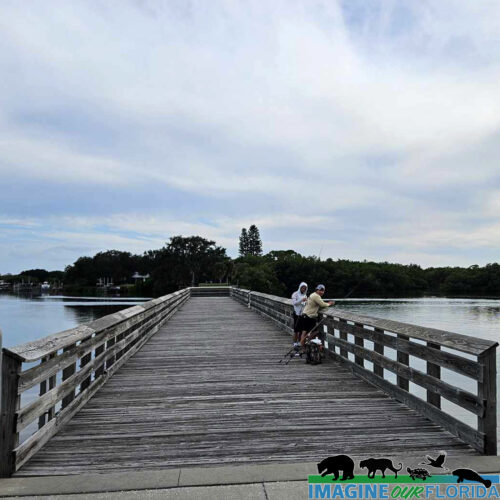
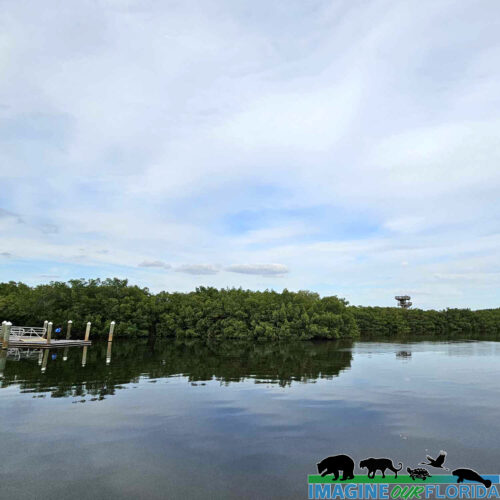
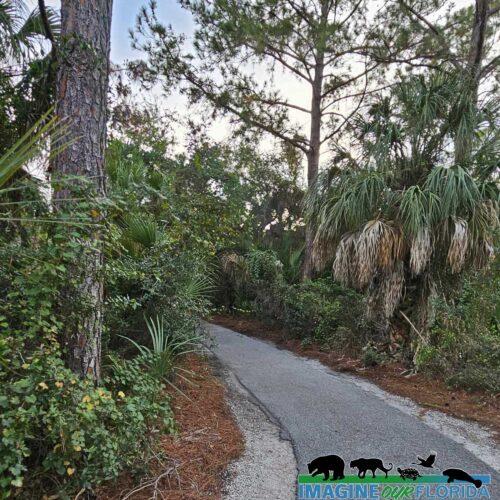
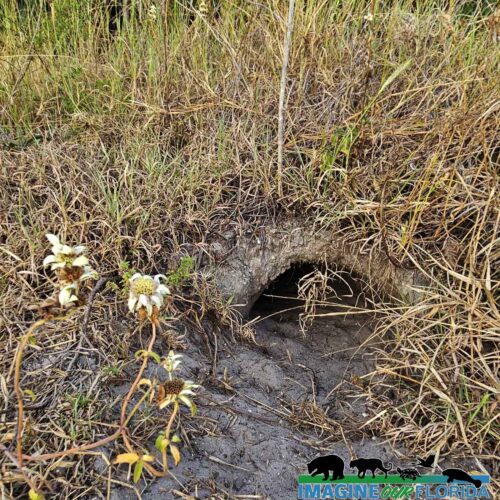
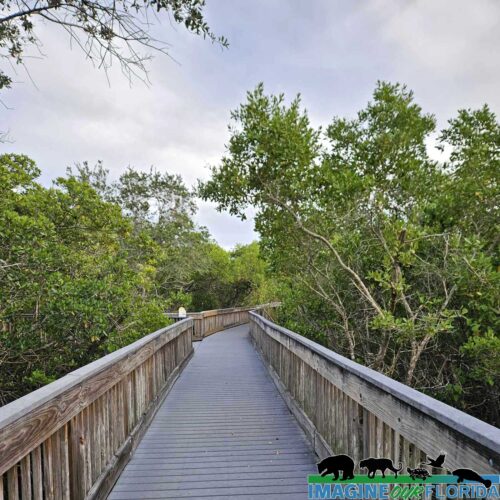
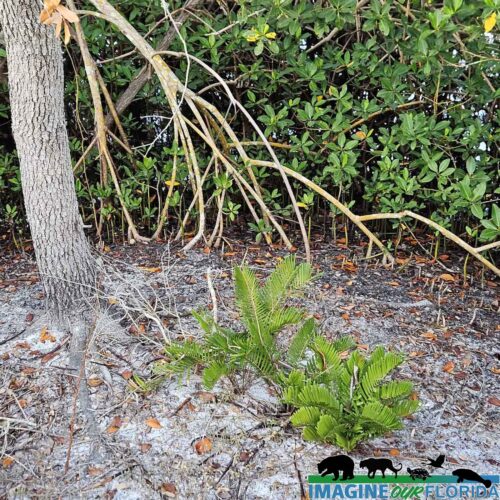
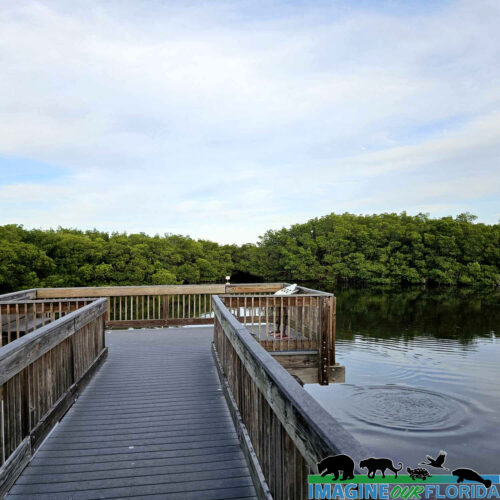
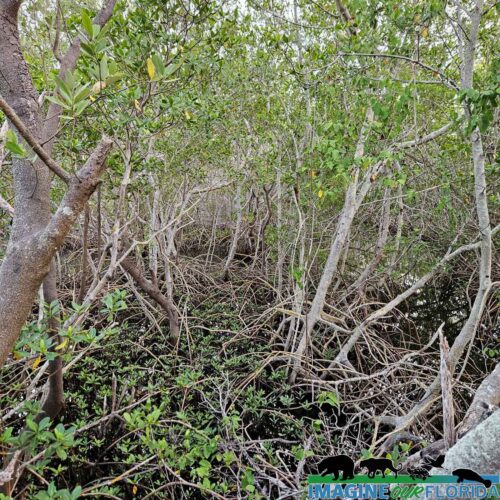
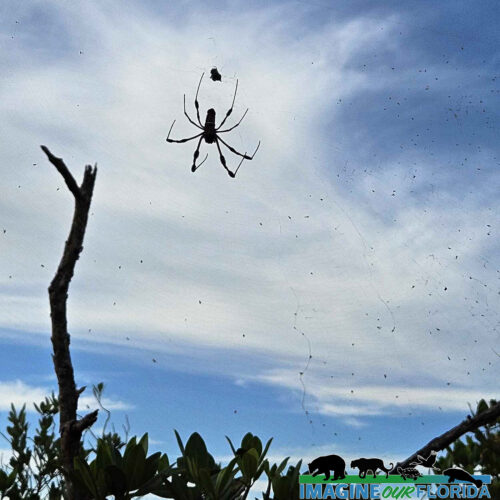
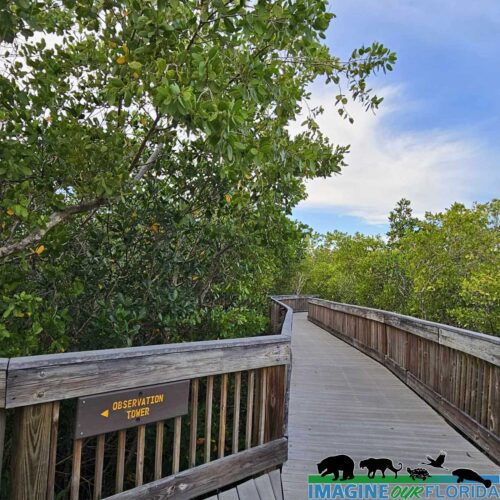
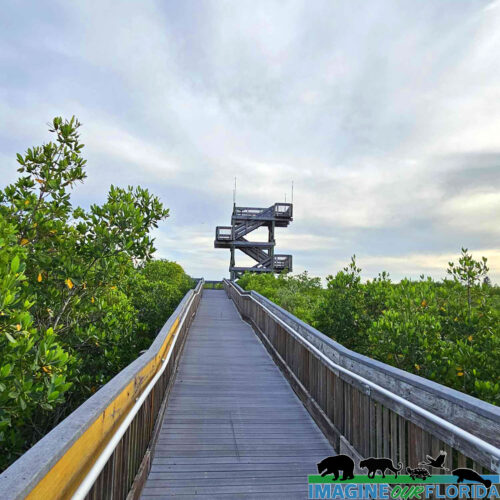
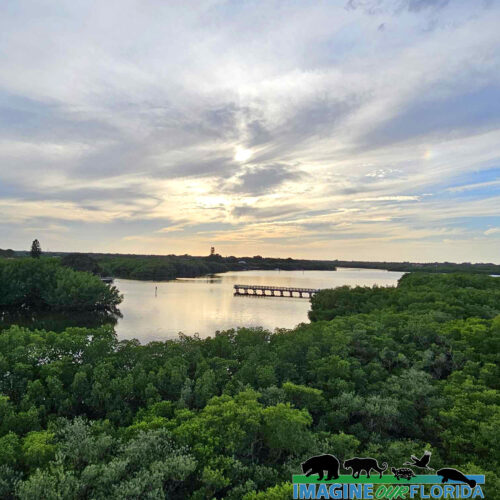
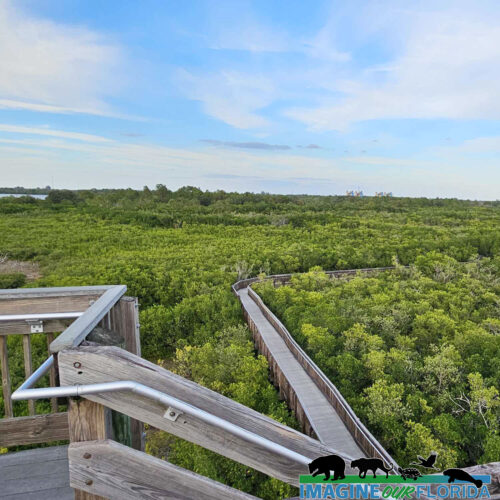
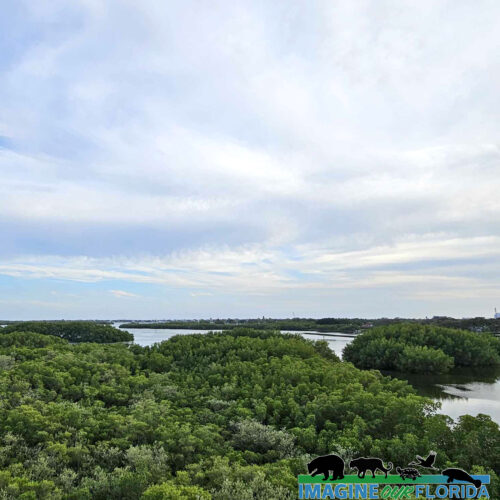
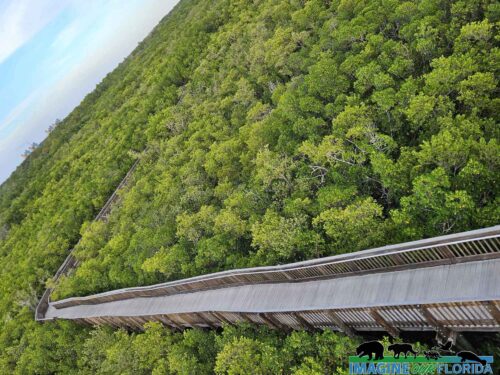
Tiger Creek Preserve
Tiger Creek Preserve at Lake Wales Ridge
Tiger Creek Preserve is located on the eastern side of Lake Wales Ridge about five miles north of Frostproof in Babson. It boasts approximately 10 miles of trails within its 4869 acres and is protected almost entirely by the Nature Conservancy in partnership with USFWS and the State of Florida.
Lake Wales Ridge was once a beach and sand dune where animals and plants developed to thrive in the island’s sandy soil. Only about 15% of this 2.3 million-year-old scrub ecosystem exists today. Here you will find one of the highest concentrations of endangered and threatened animals and plants in the US.
Tiger Creek Preserve contains sandhill habitat as well as scrubby flatwood, pine flatwood, longleaf pine, hammock, and hardwood swamp habitats. Two Blackwater streams wind through the preserve. The streams collect water on higher ground and become black as tannins from leaf litter and other vegetation leaches into the water. The Nature Conservancy protects the habit with prescribed burns and the removal of invasive species.
Hike, bike, canoe, or kayak at Tiger Creek Preserve. Look for gopher tortoises, bald eagles, hawks, and the curious Florida Scrub-Jay. Experience the thrill of exploring Florida’s ancient and imperiled scrub and sandhill habitats while discovering some of the 40 endemic invertebrates, more than 40 endemic plants, and 4 threatened wildlife species.
For more information:
https://www.nature.org/…/places-we-pr…/tiger-creek-preserve/
Photo Credit: Andy Waldo

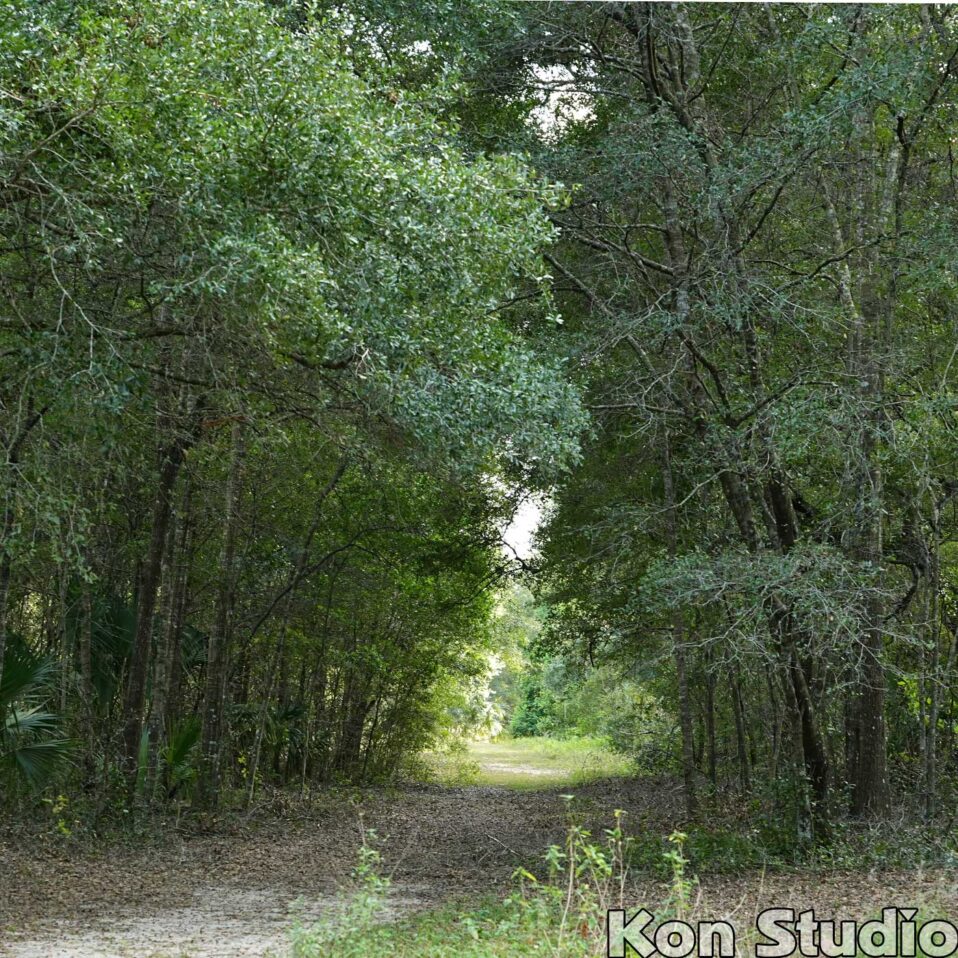
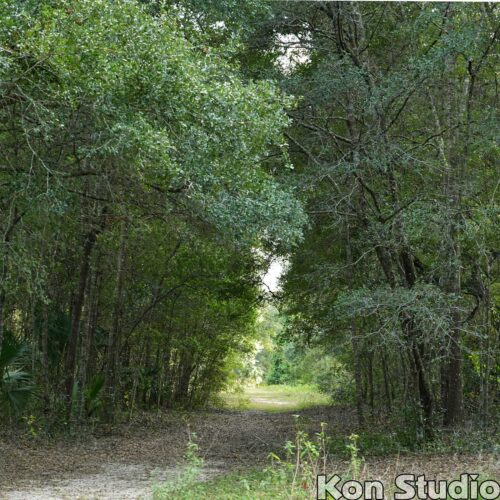
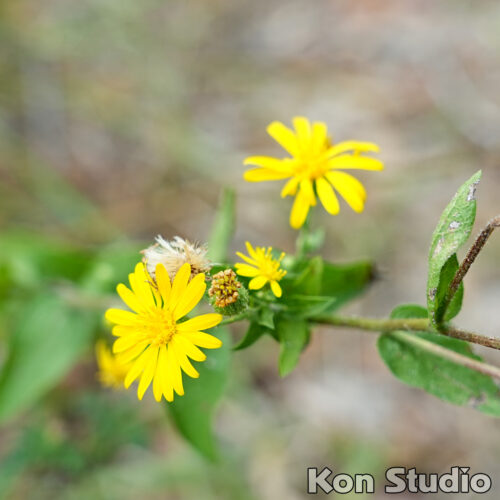
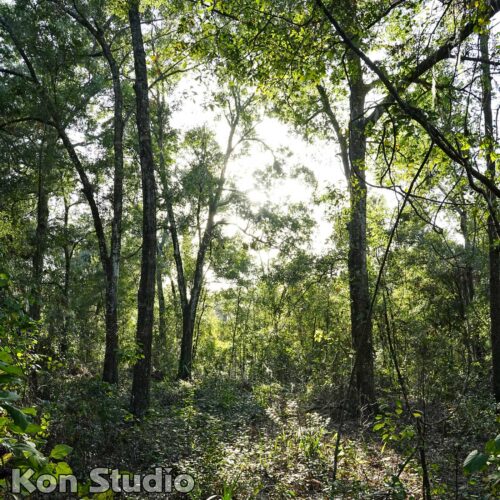
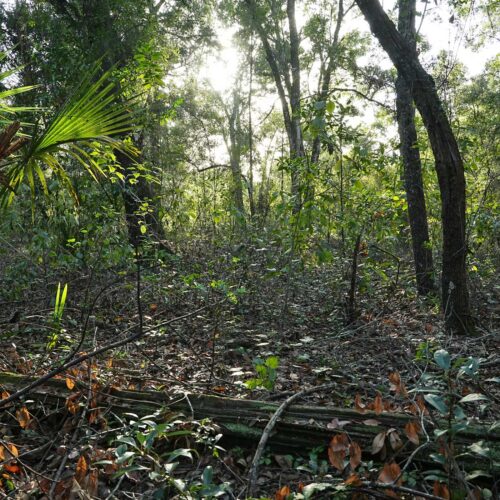
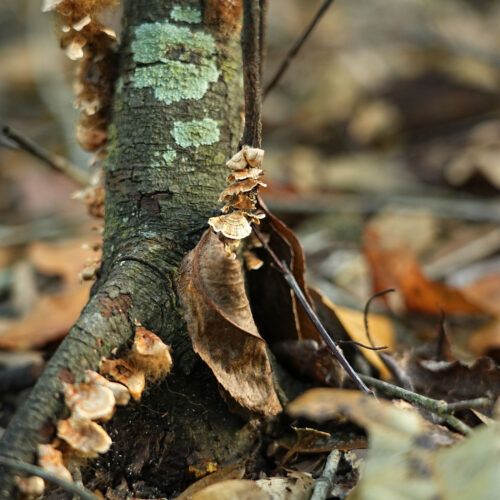

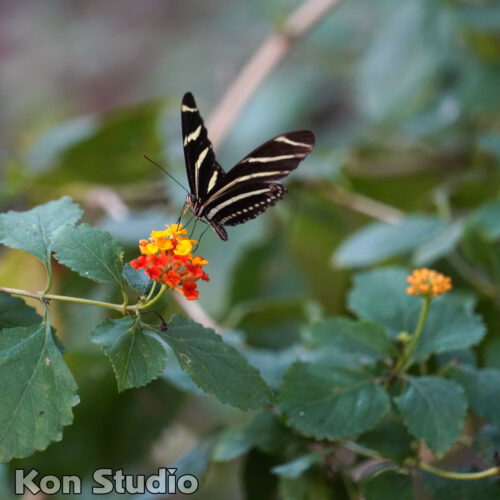
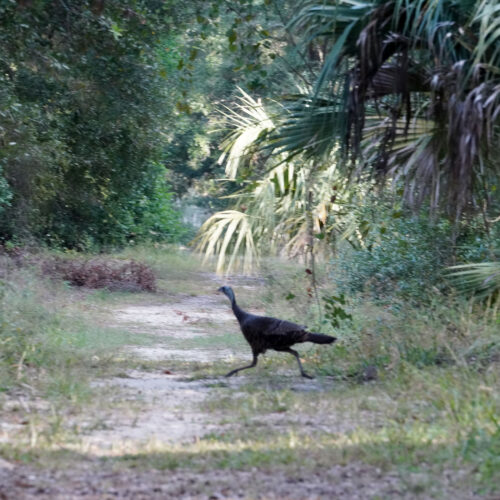
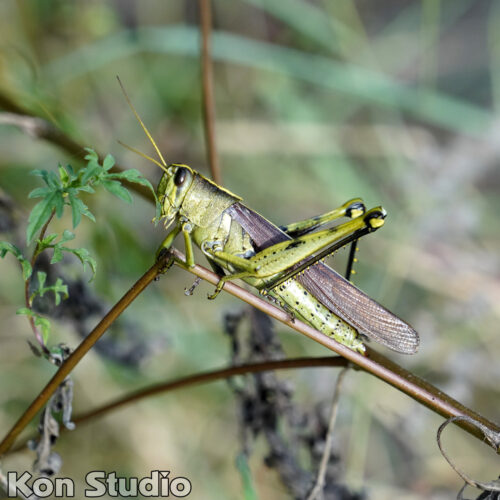
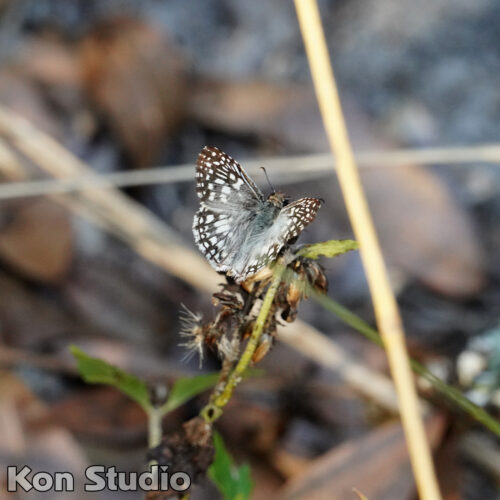
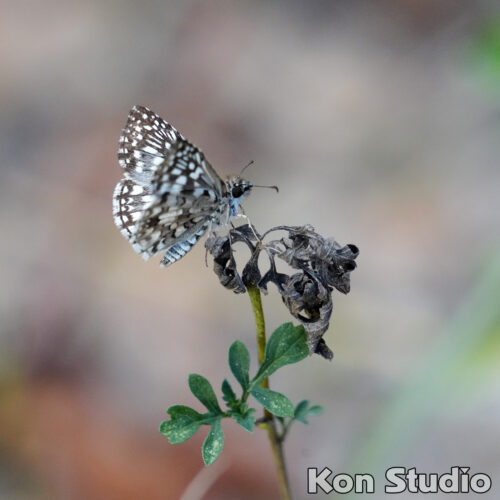

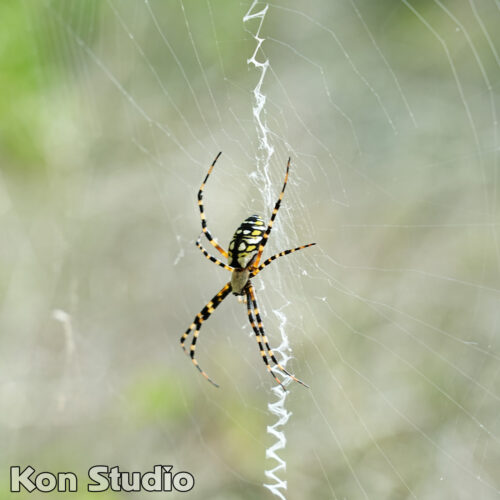
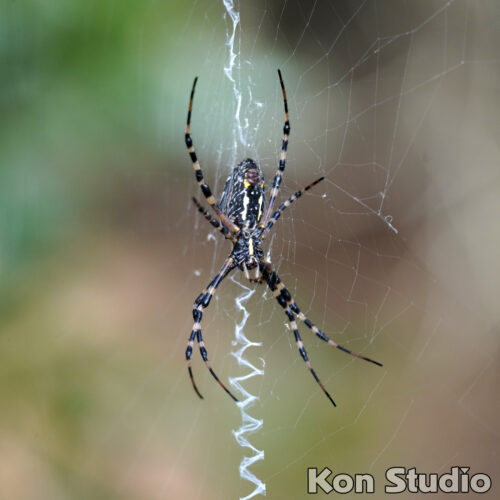
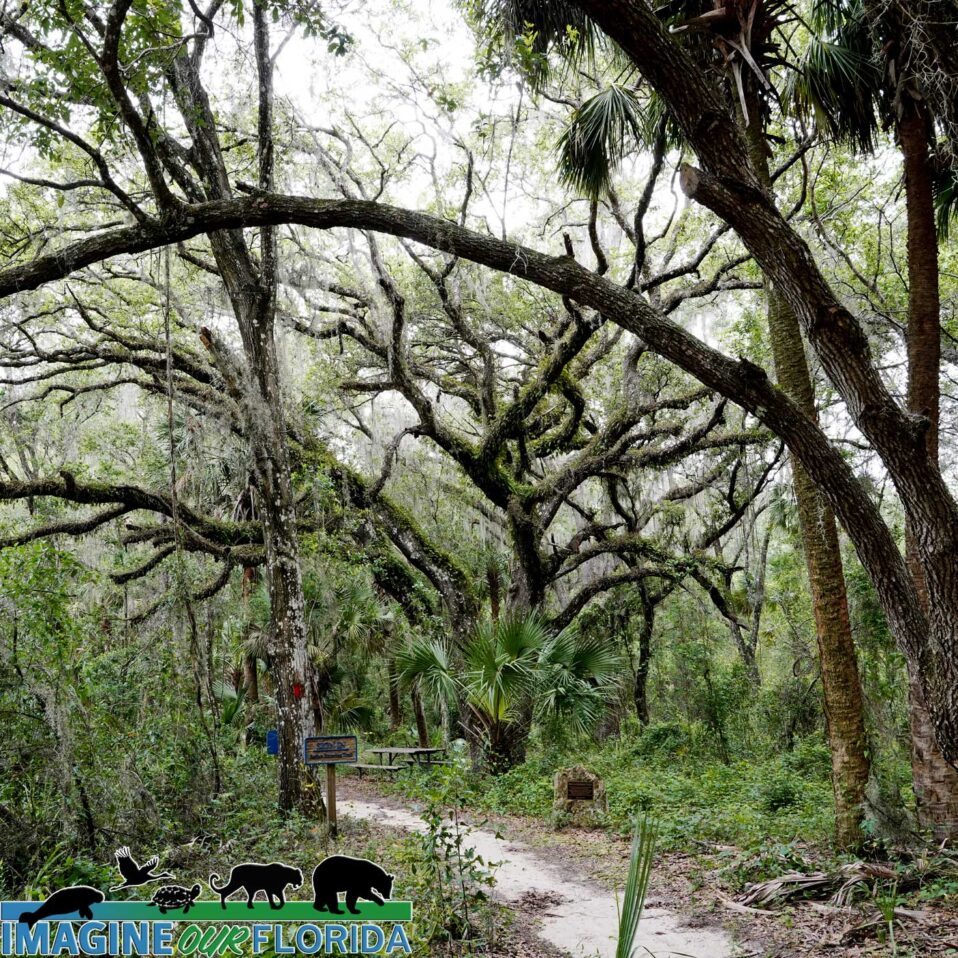
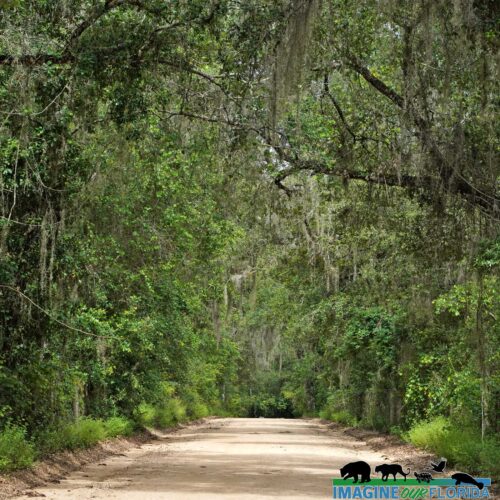
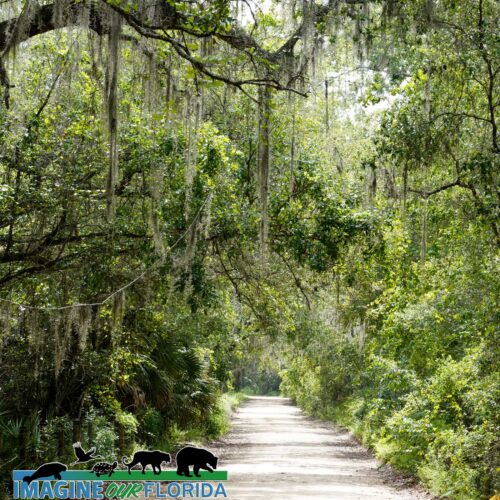
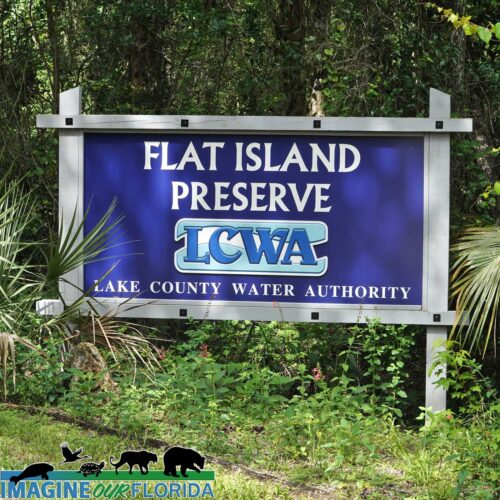
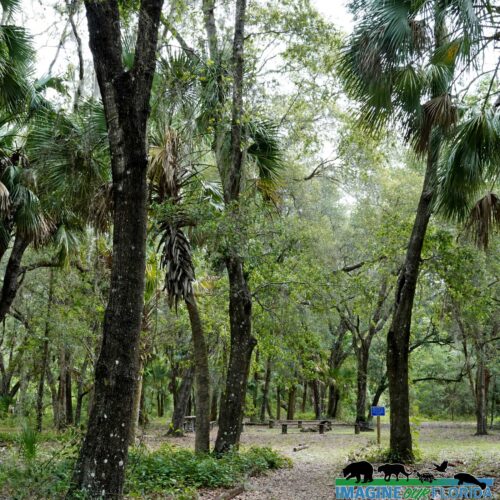
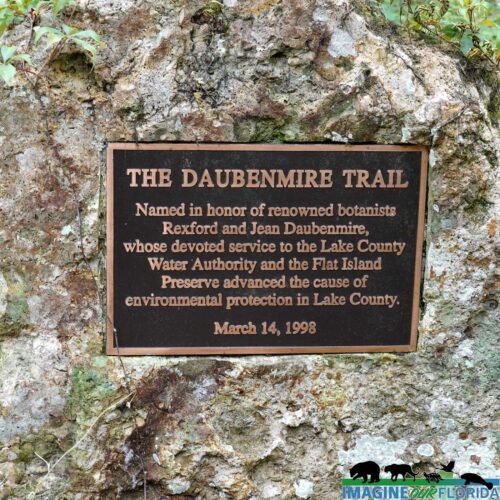
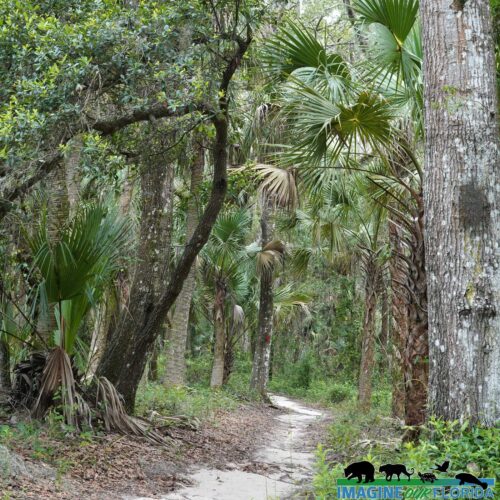
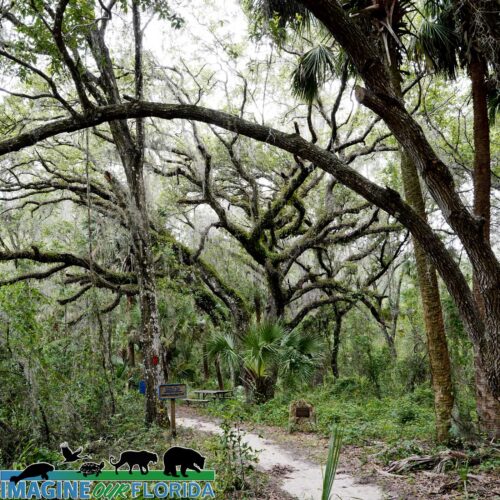
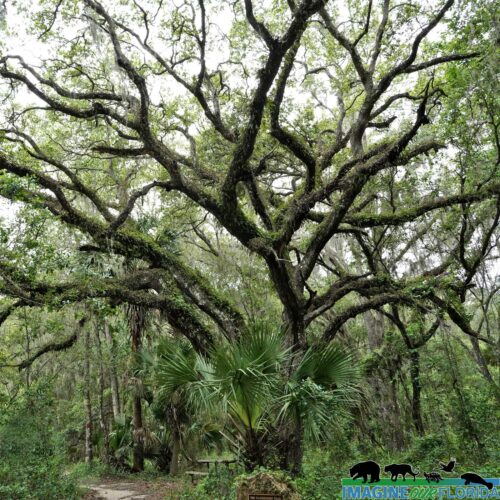
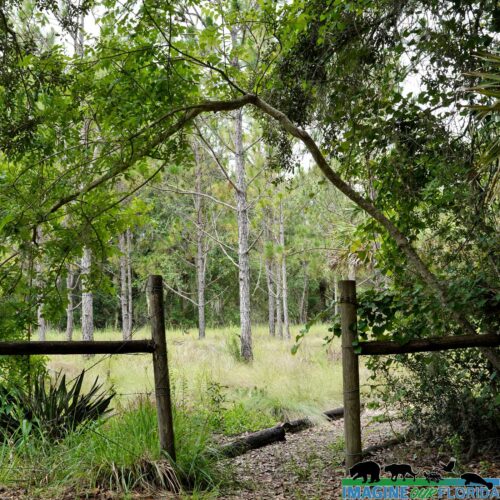
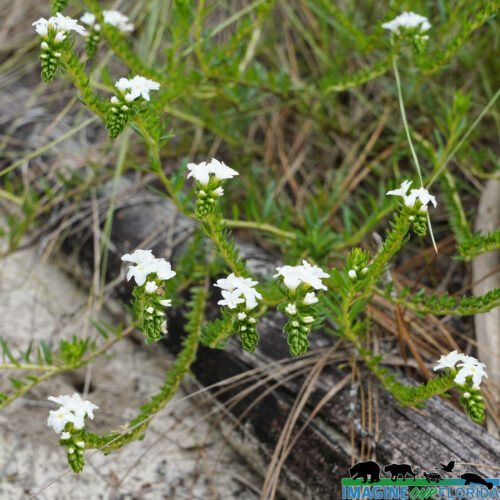
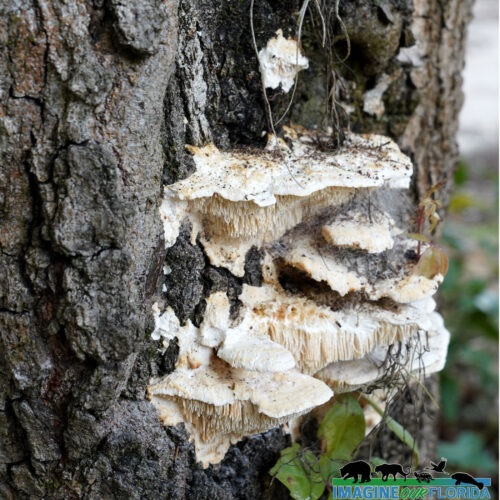
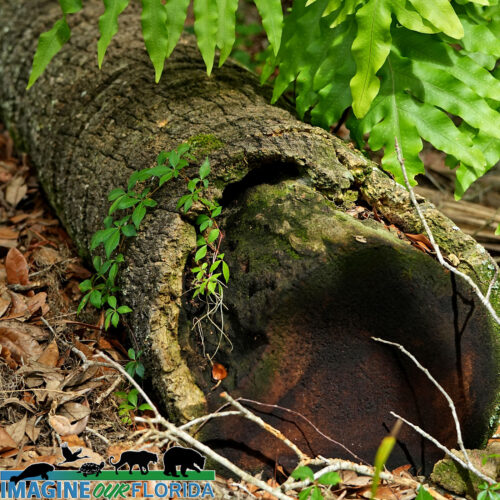
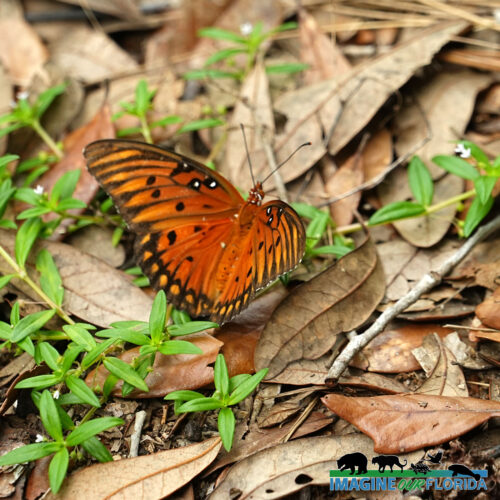
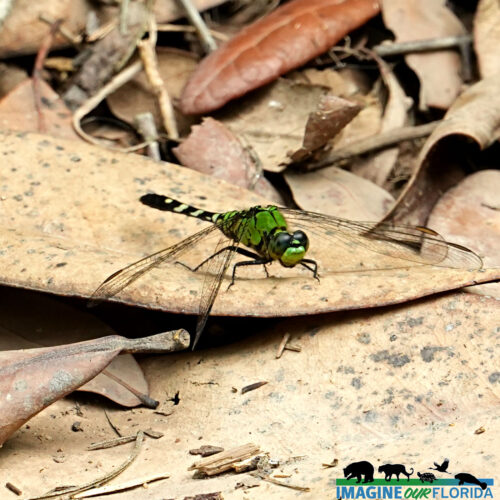
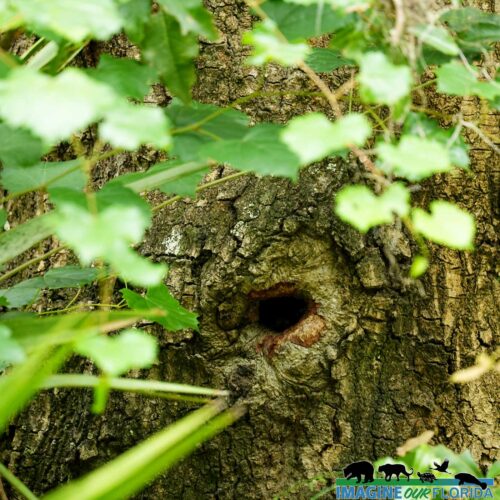
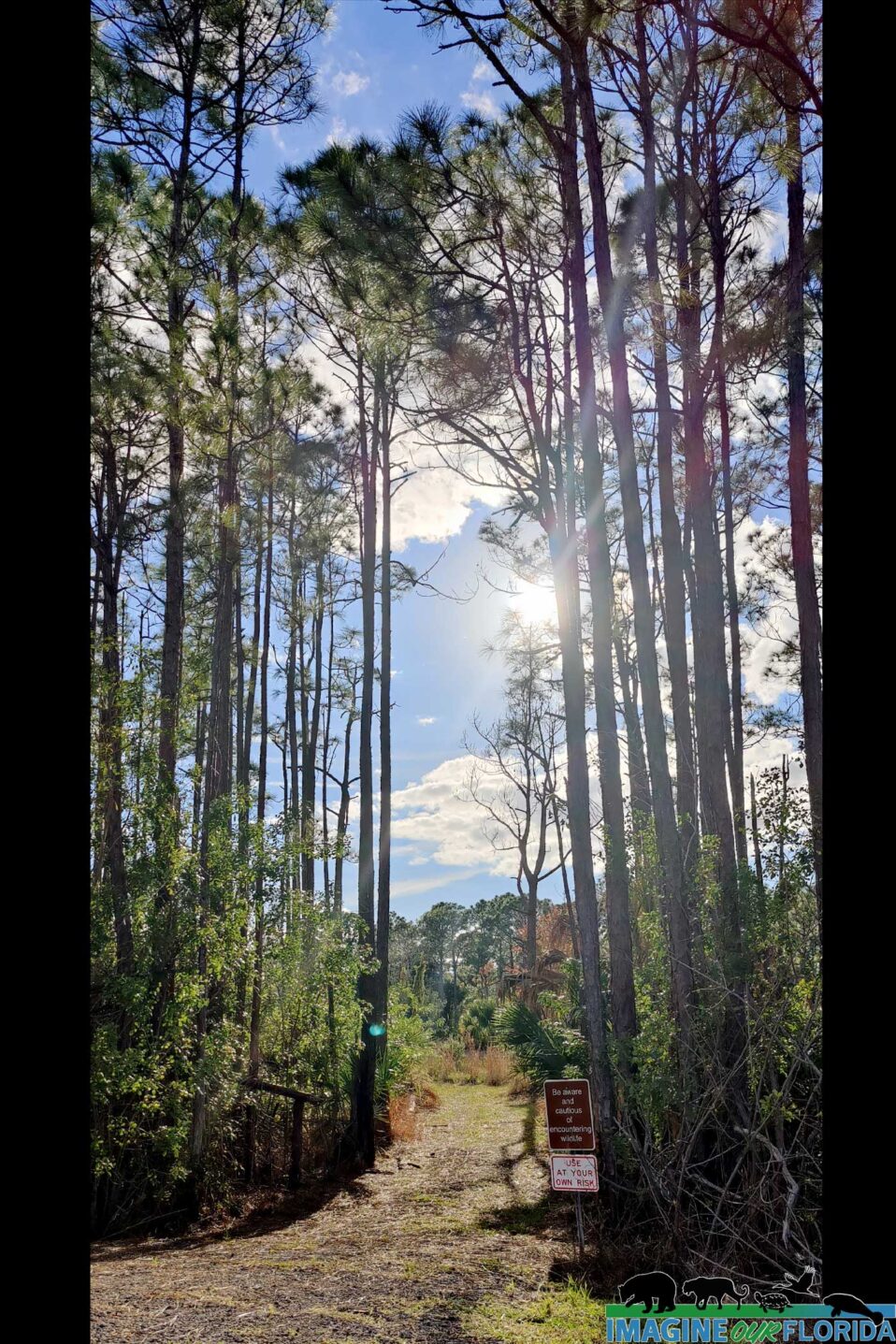
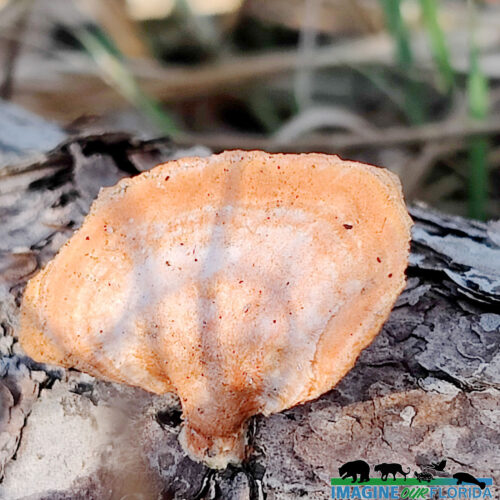
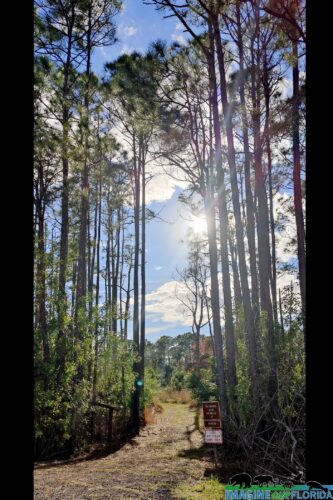
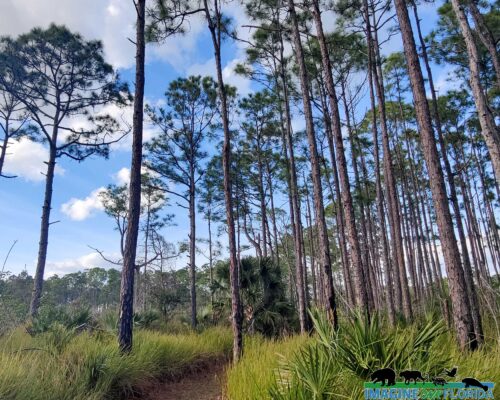
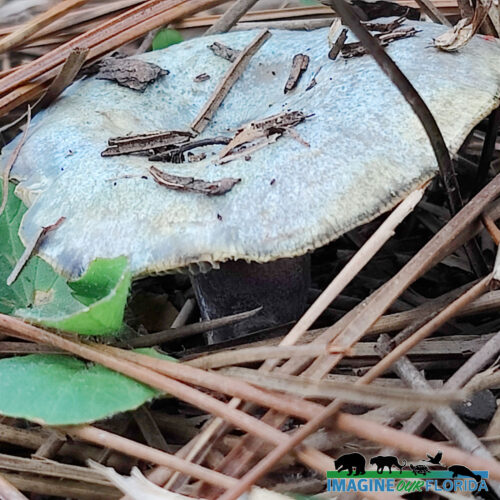
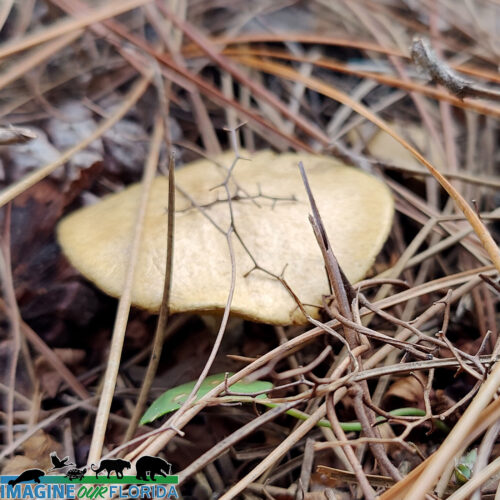
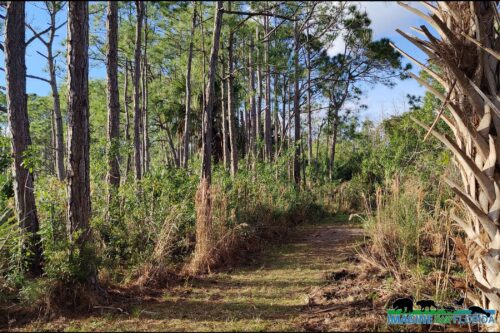
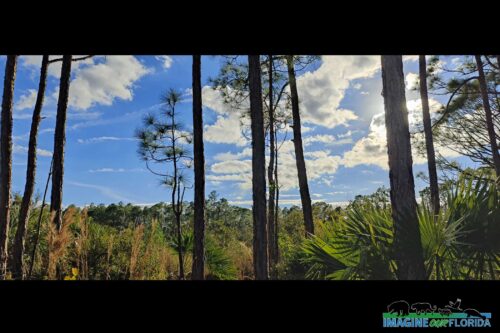
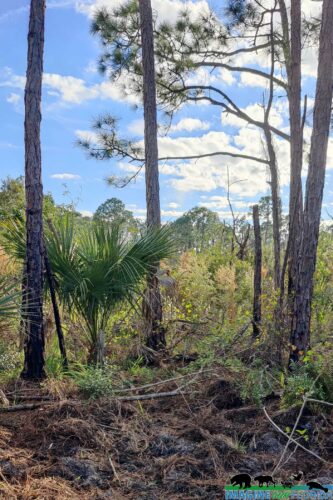
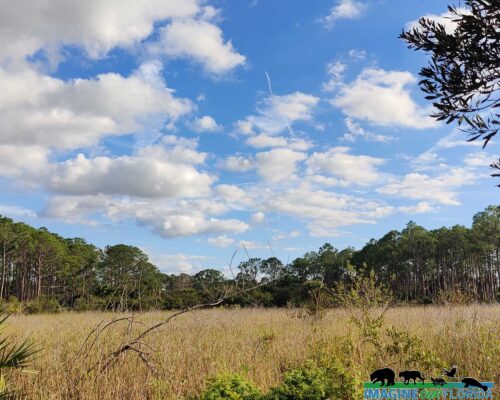
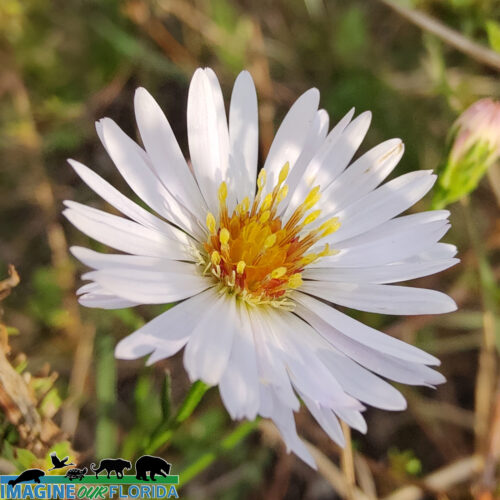
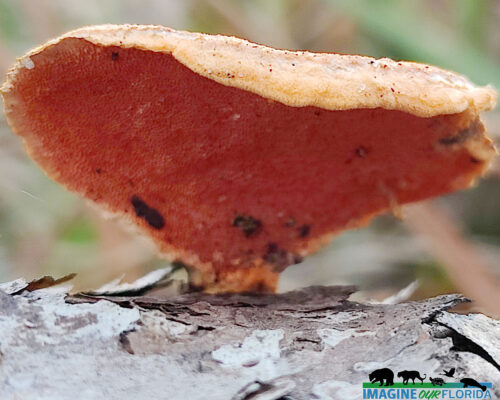
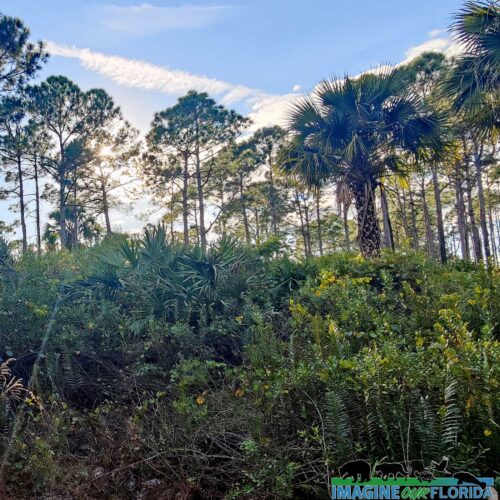
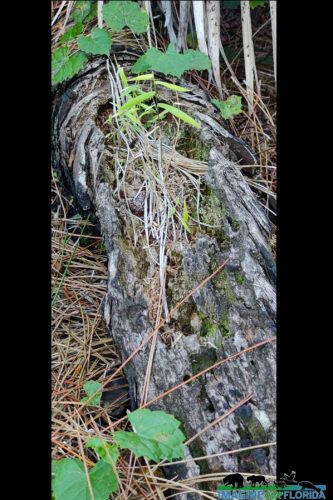
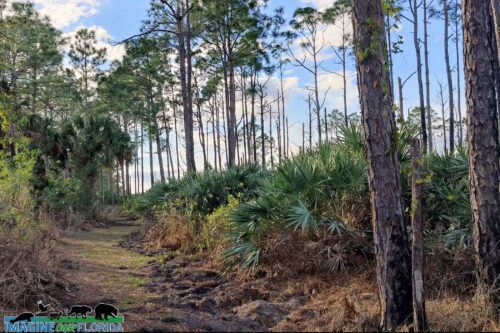

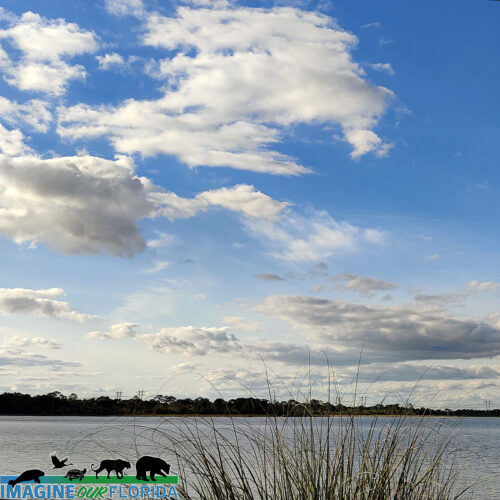
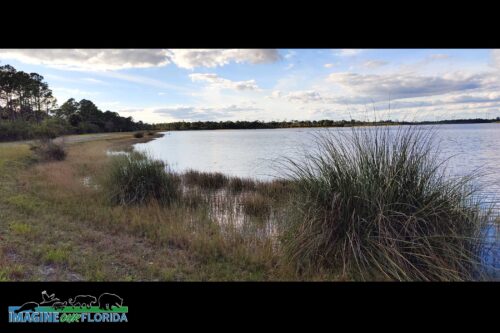
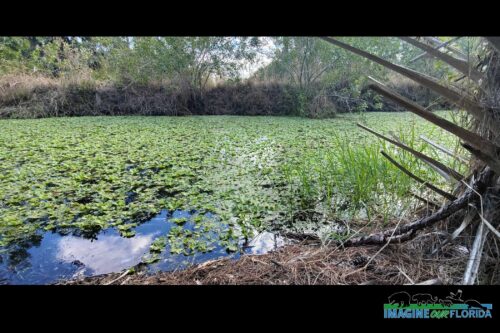
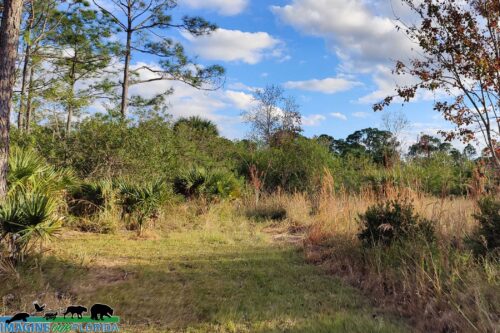
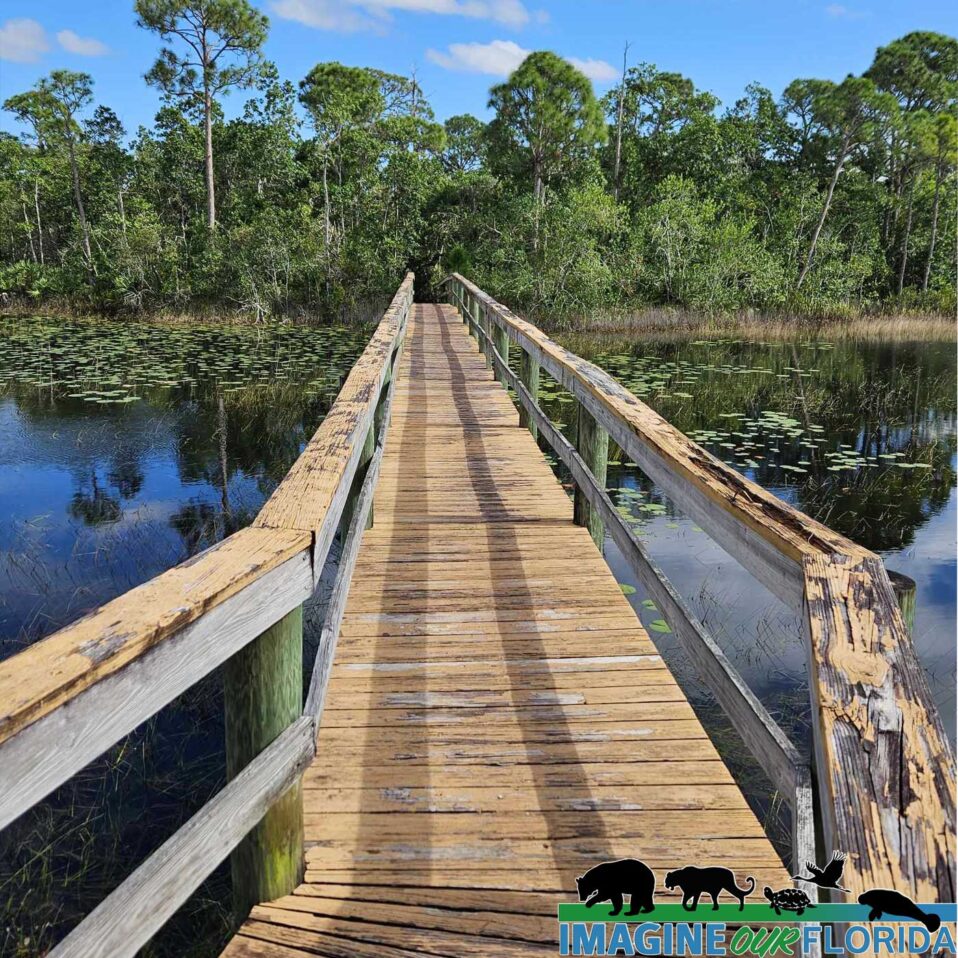
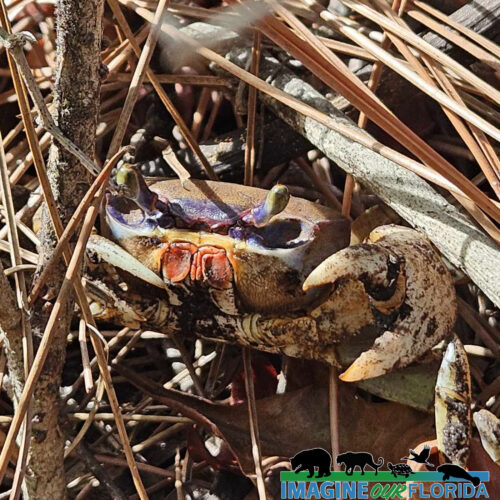
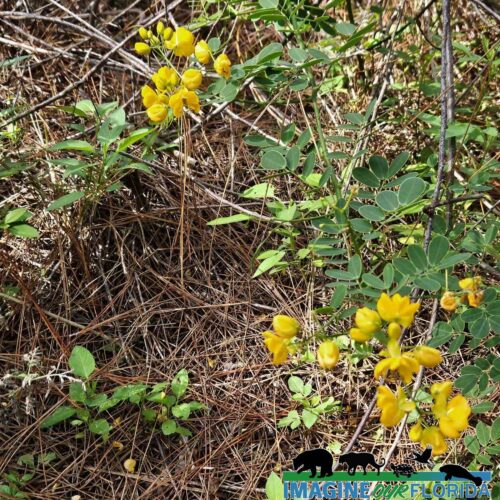
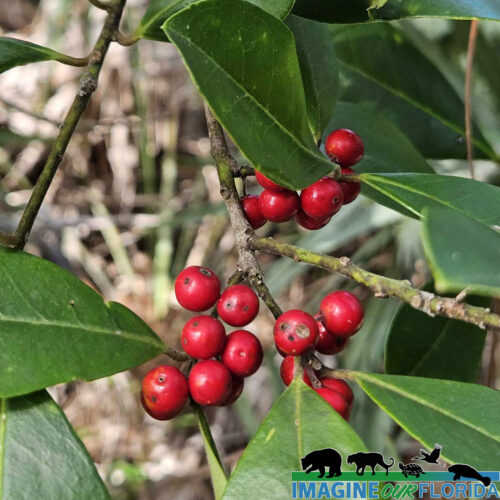
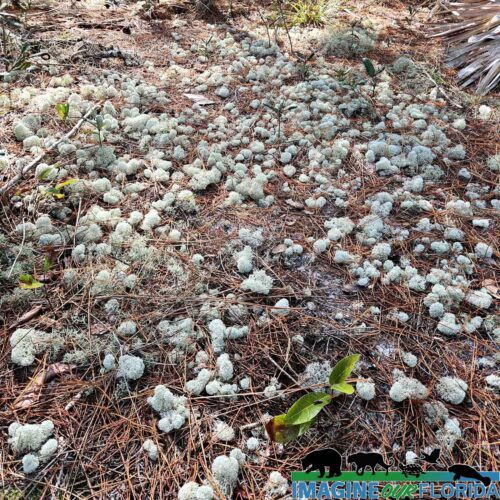
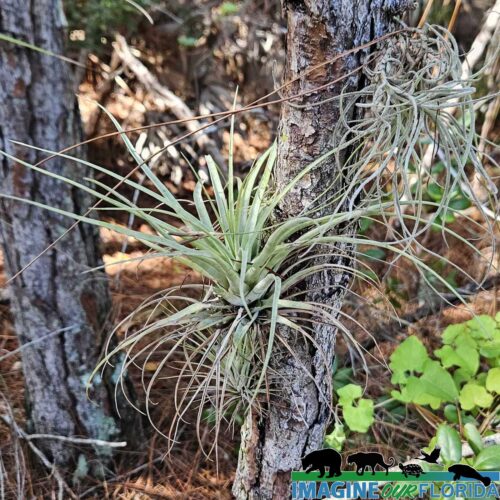
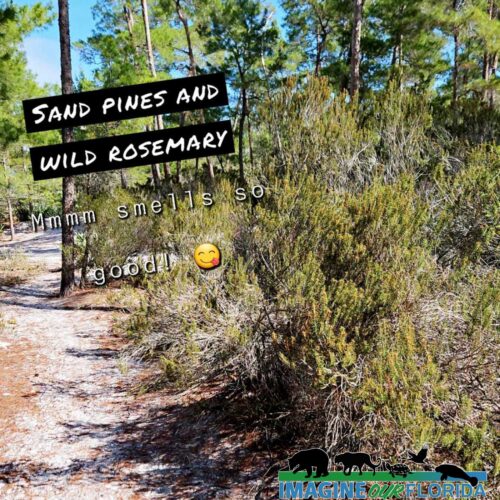
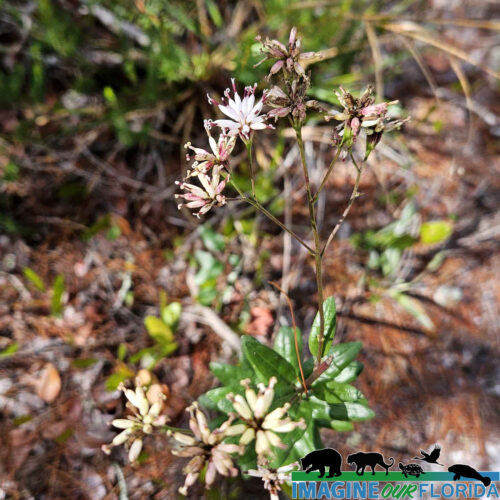
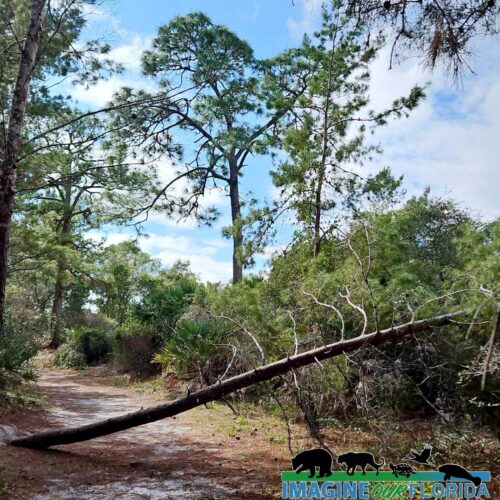
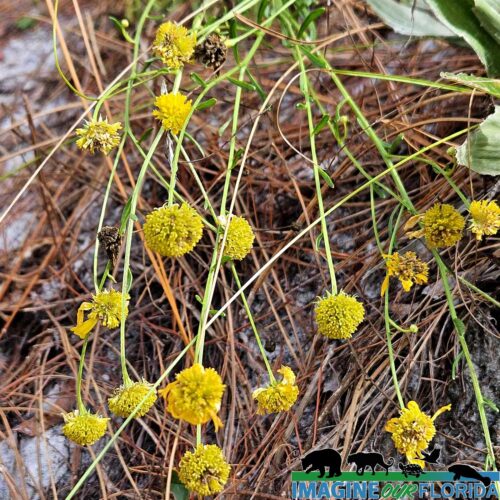
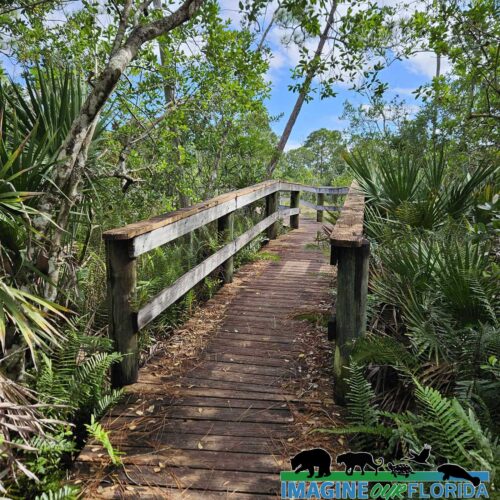
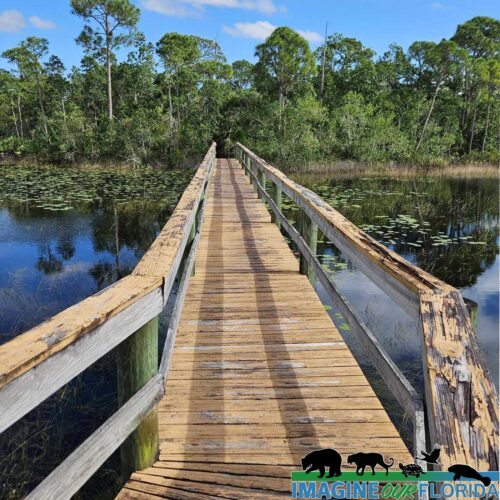
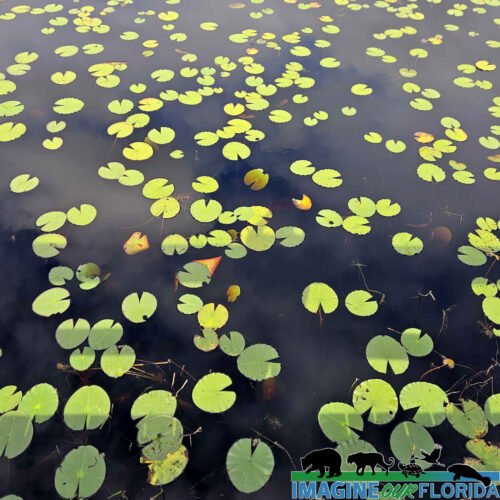
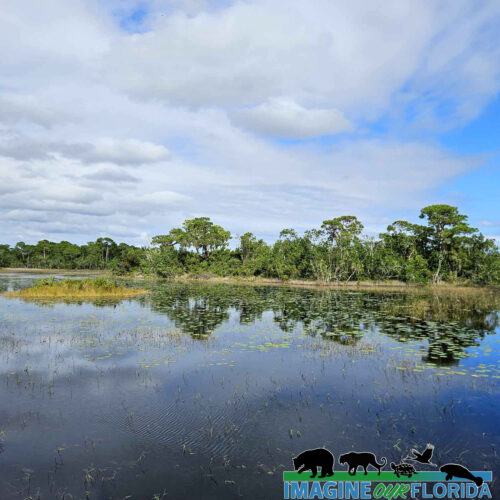
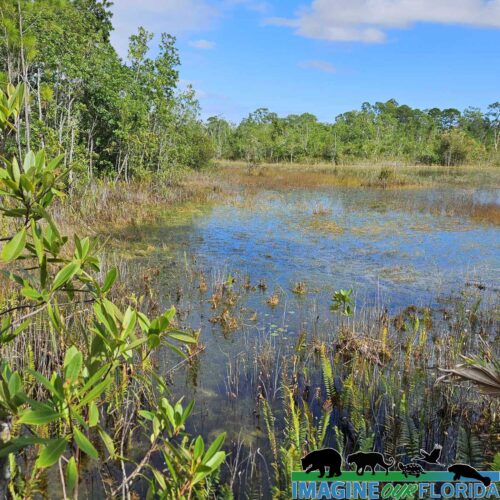
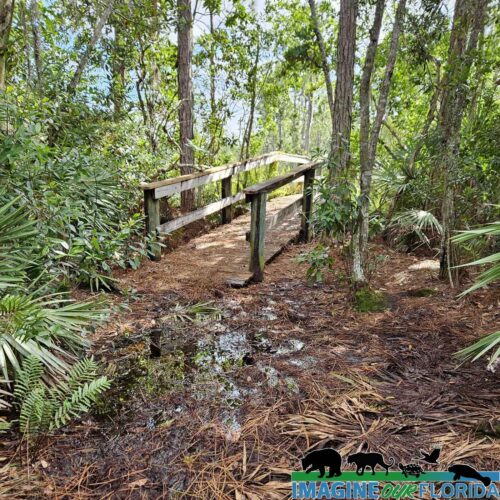
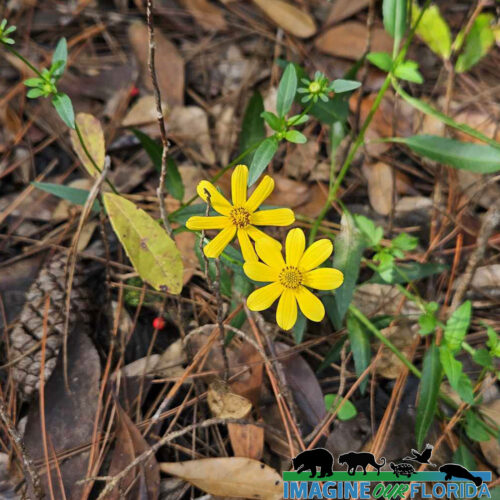
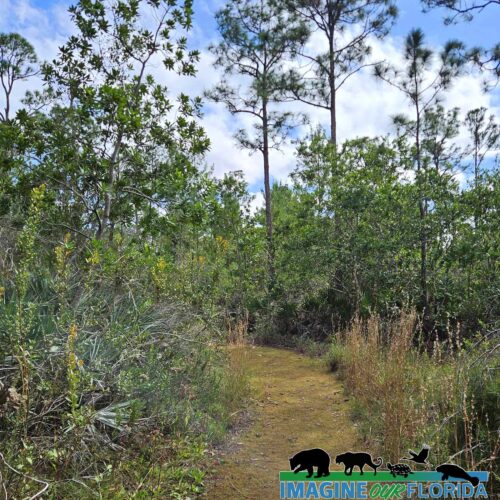
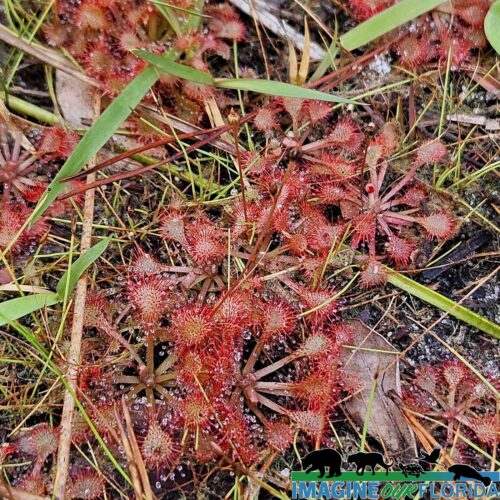
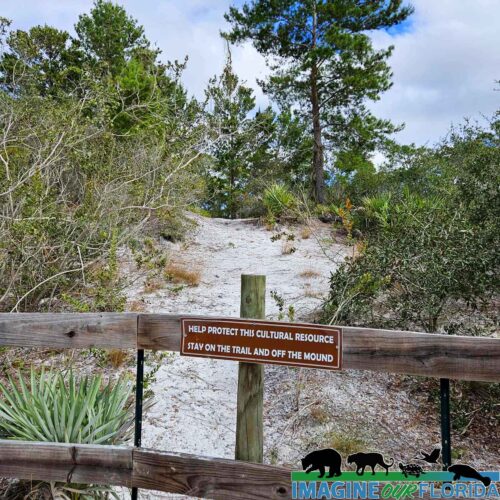
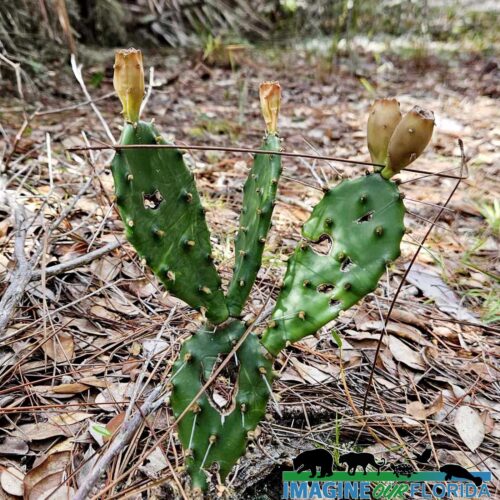
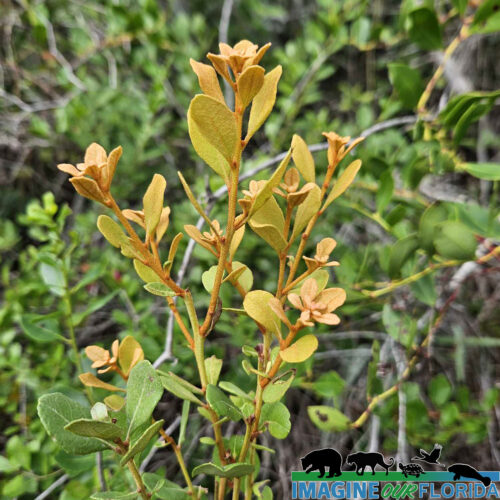
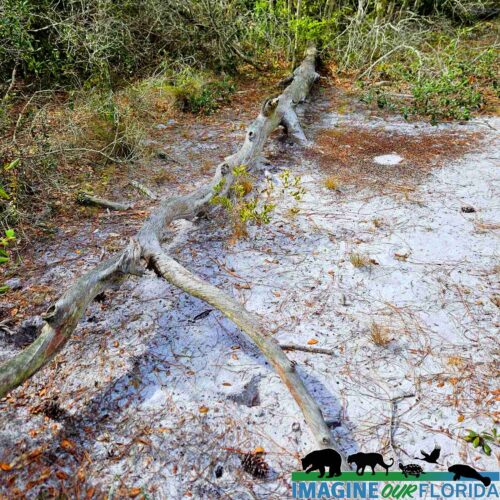
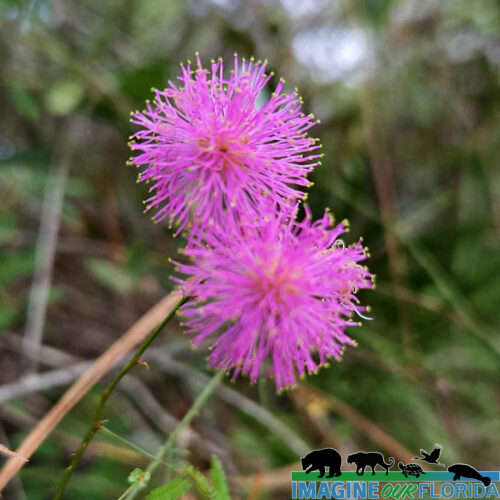
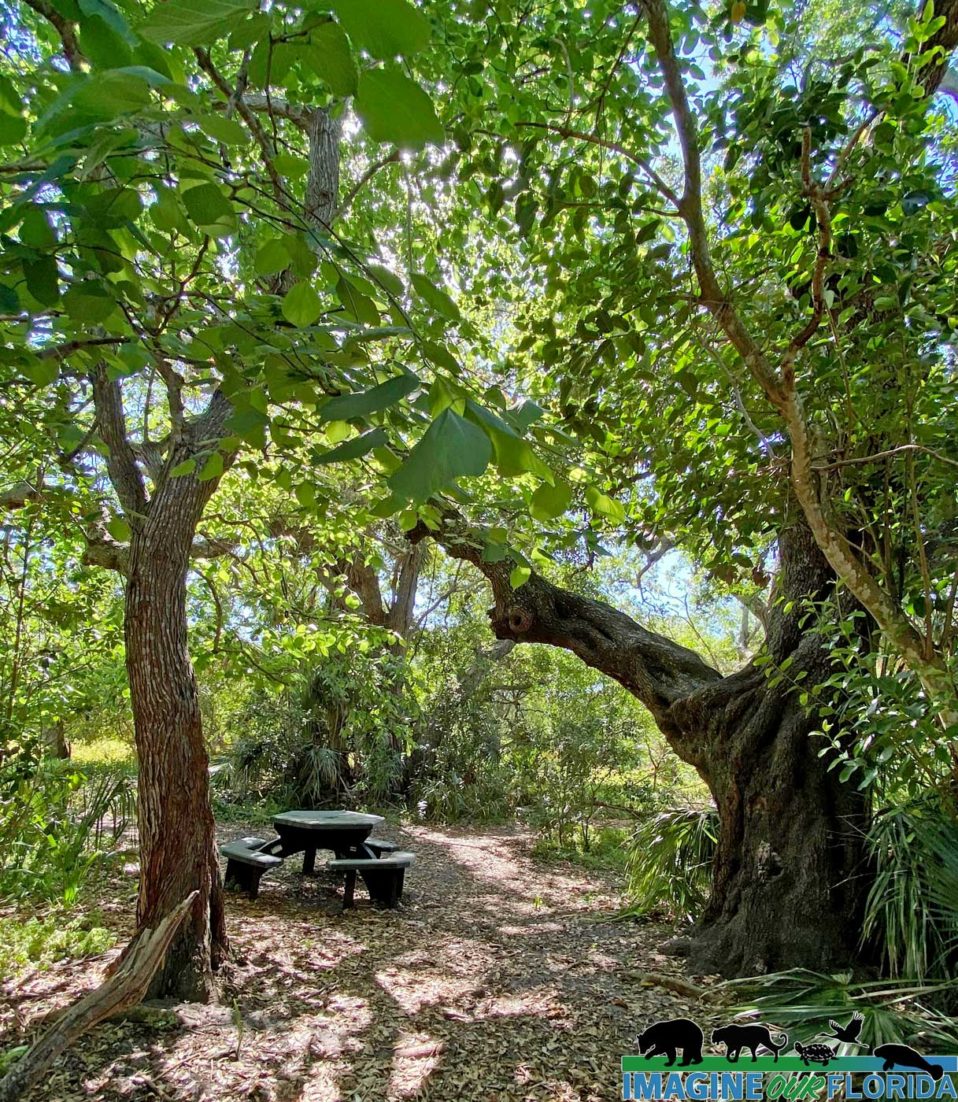
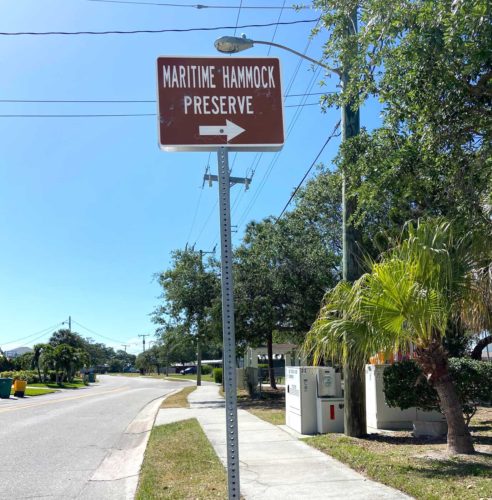
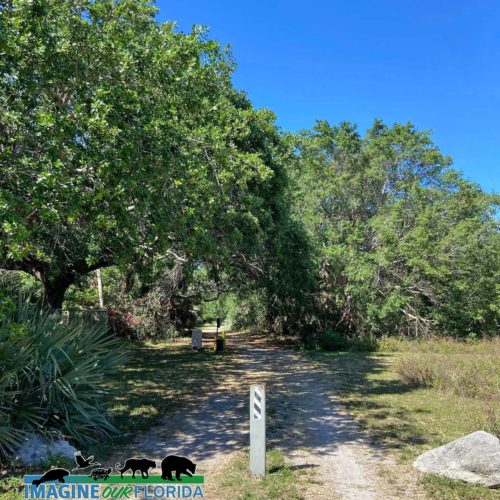

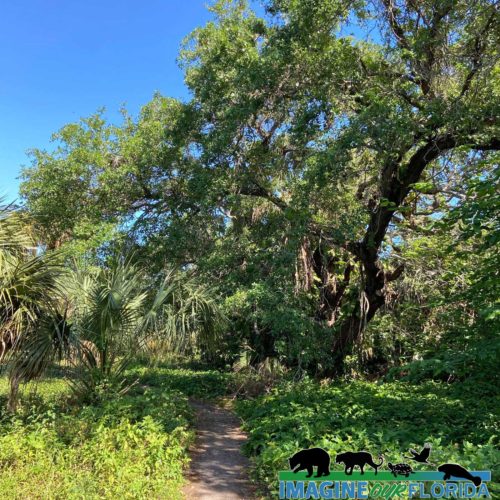
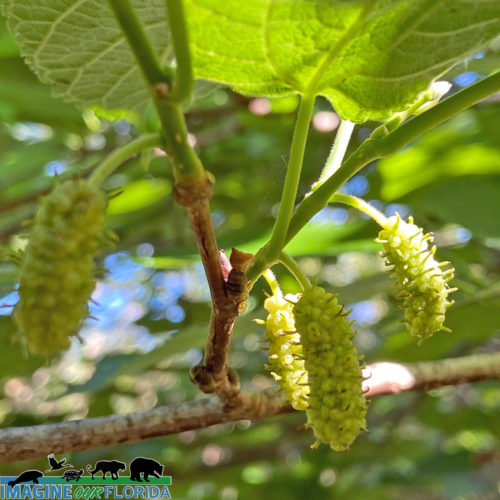
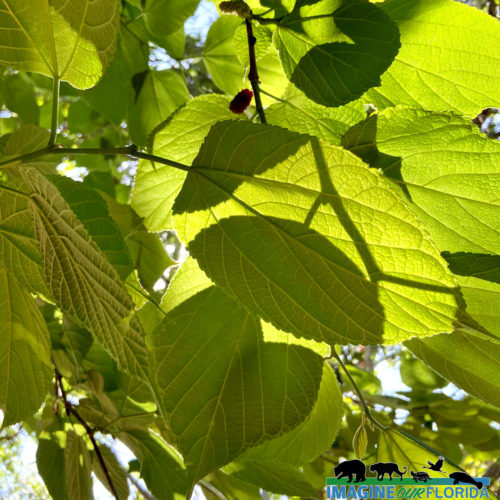
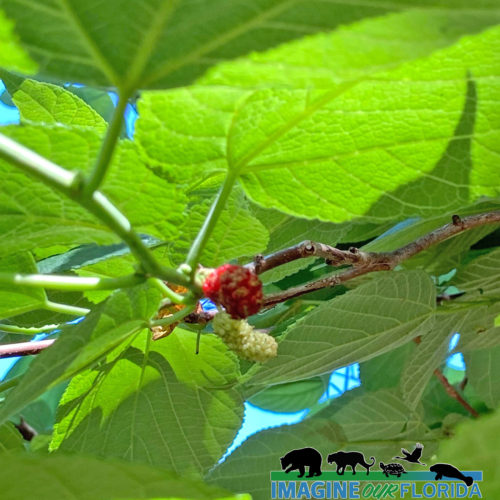
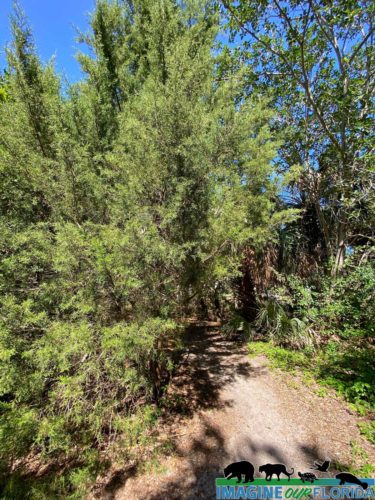
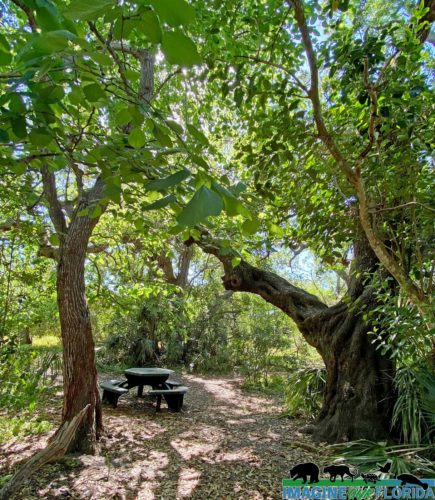
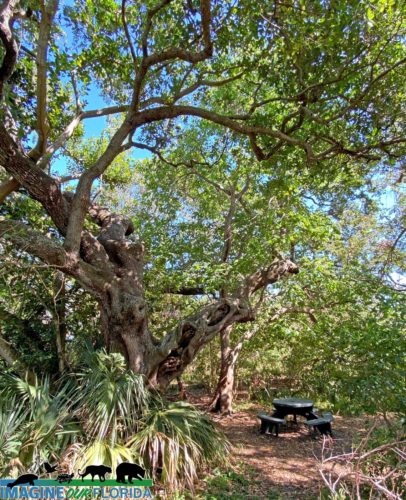
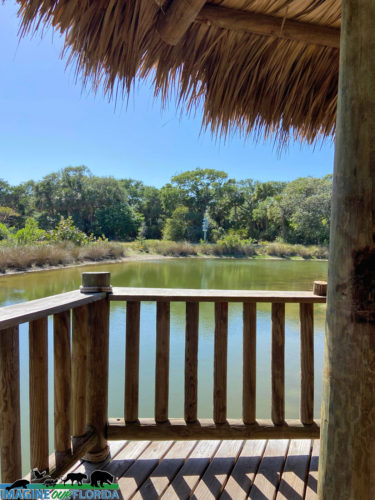
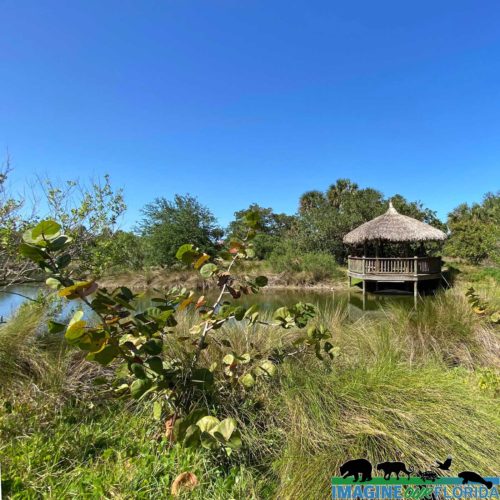
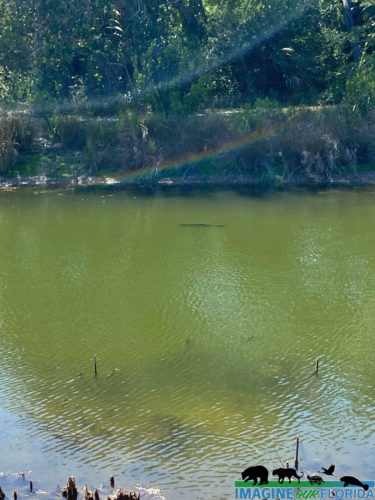
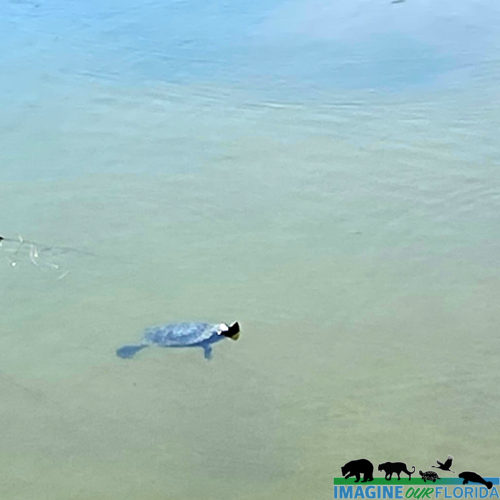
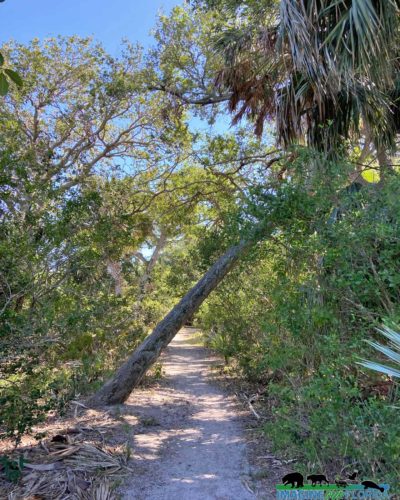
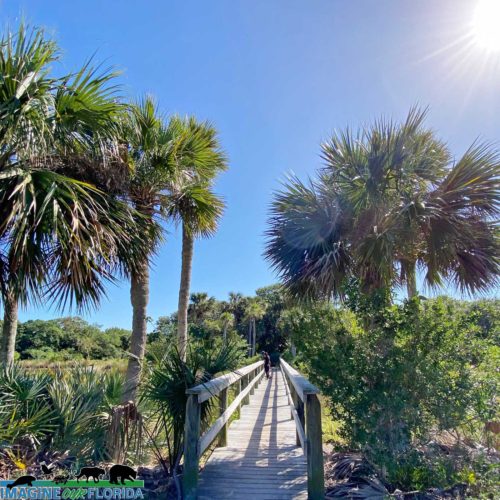
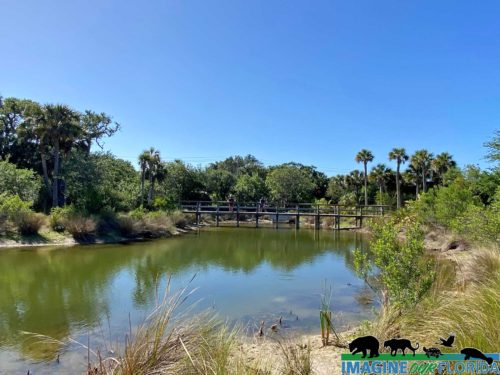
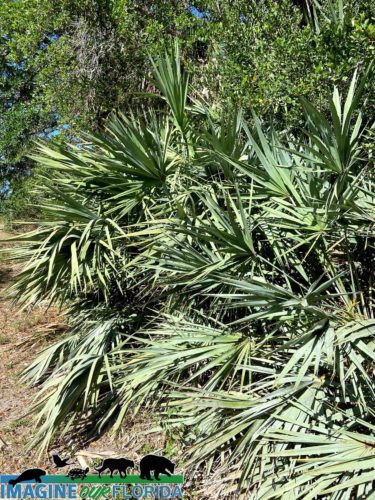
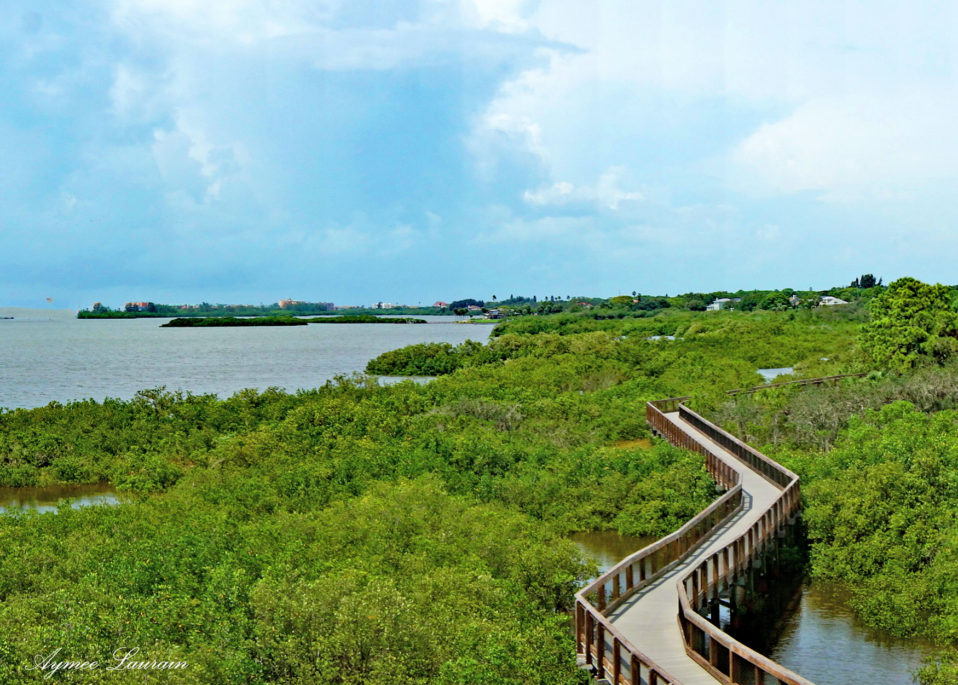
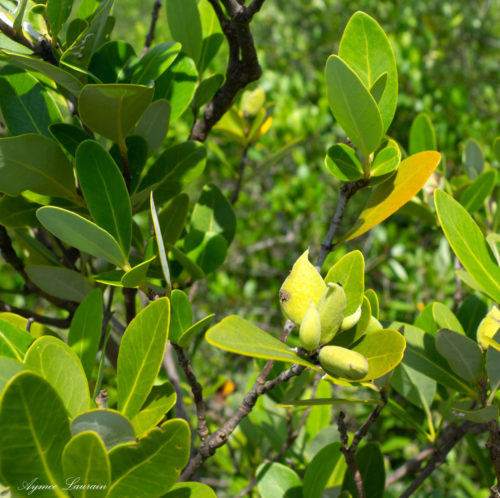
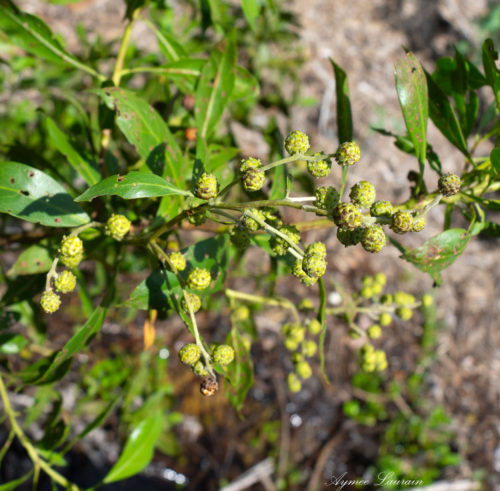
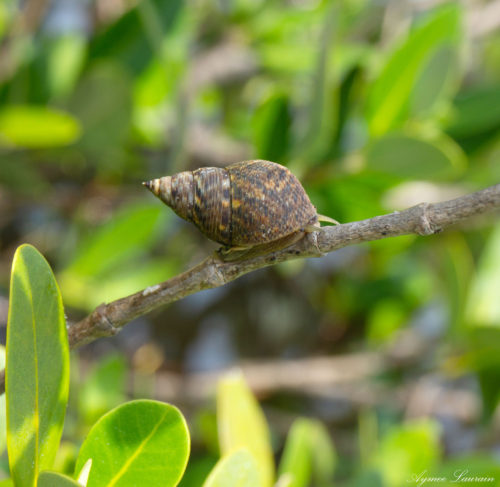
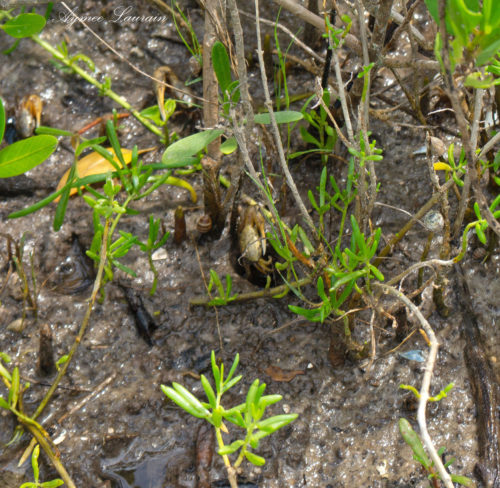
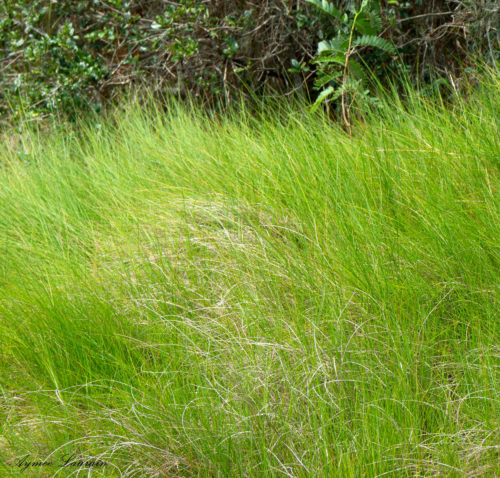
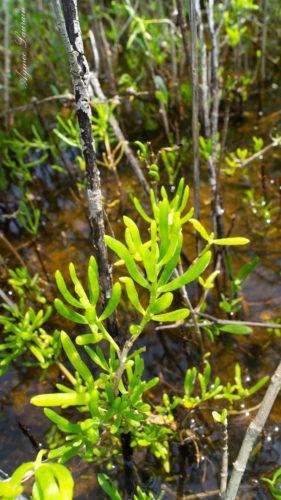
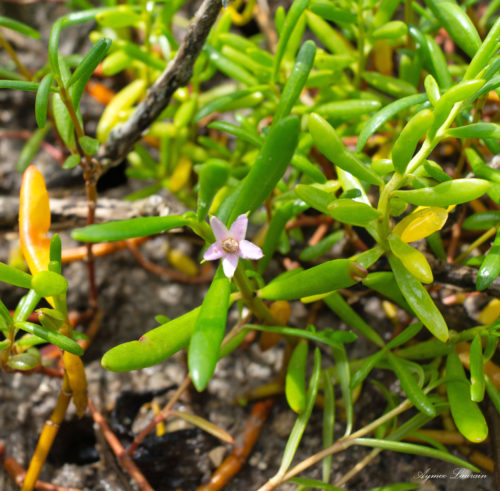
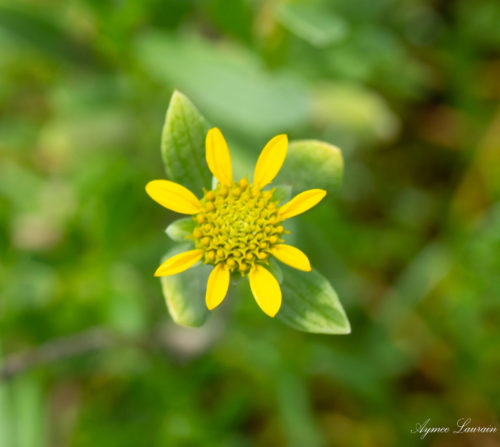
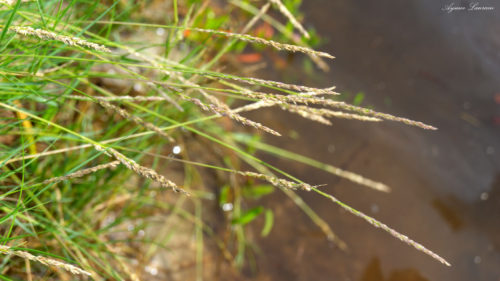
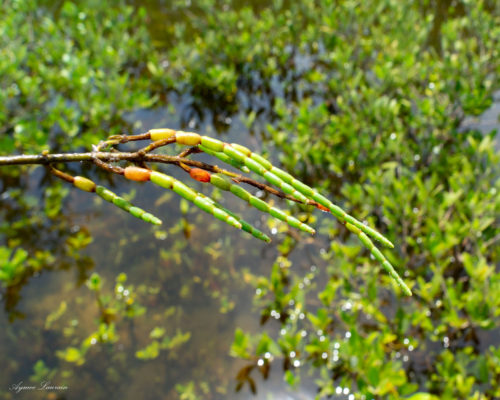
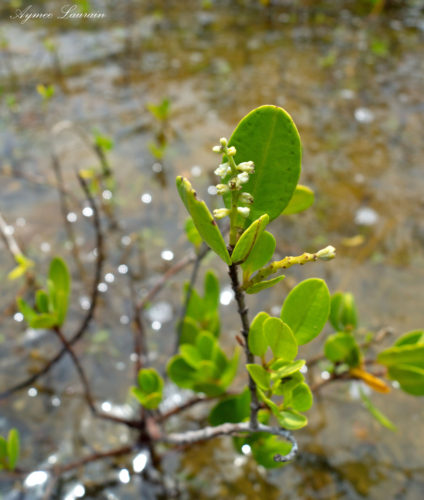
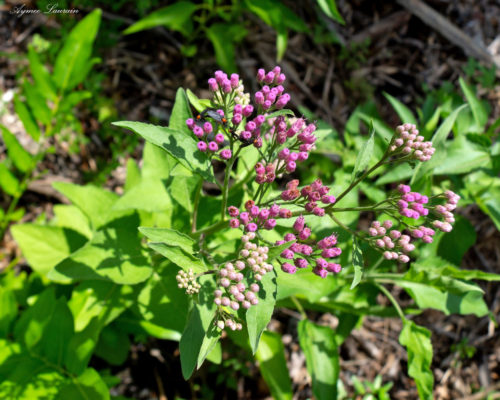
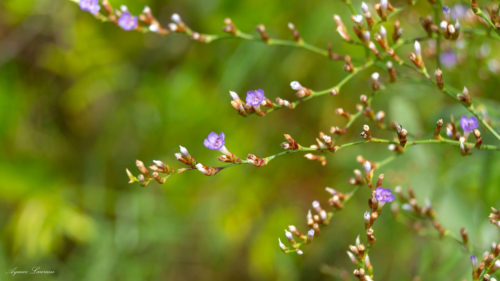
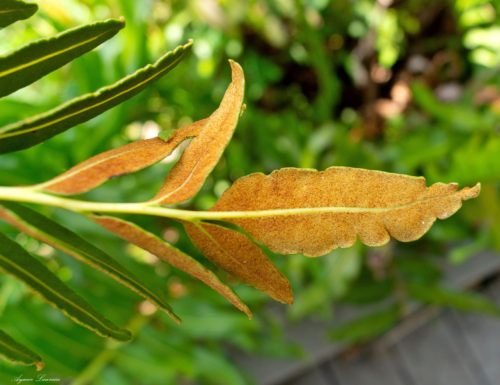
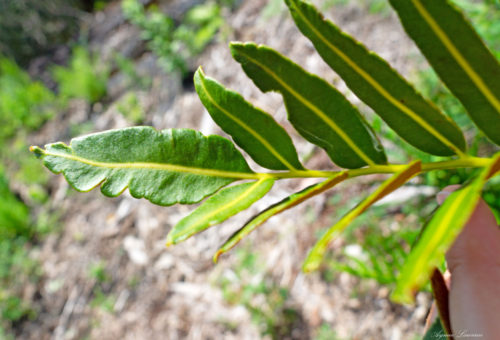
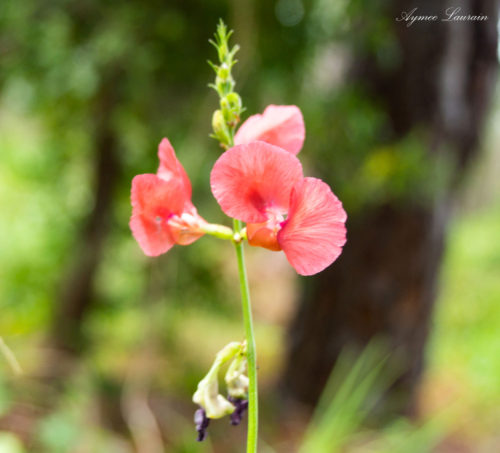
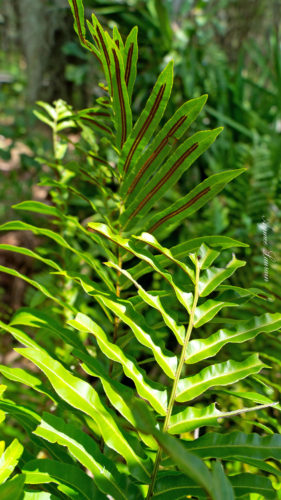
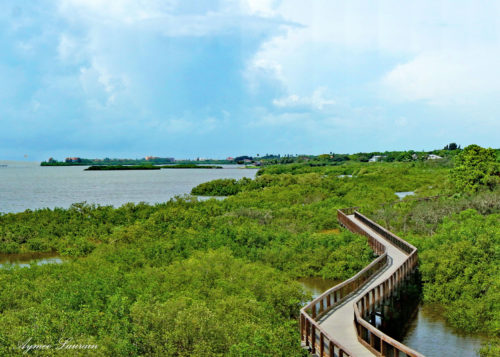
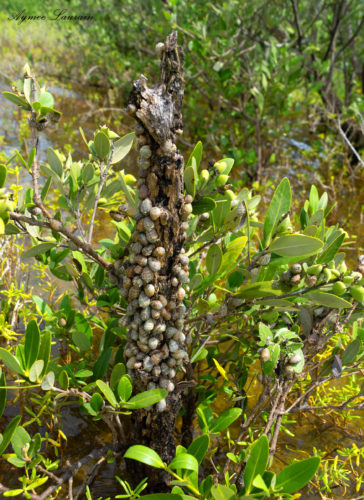
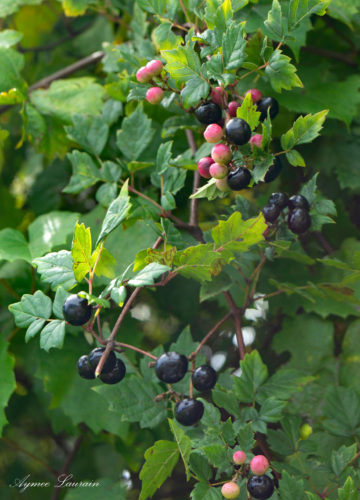
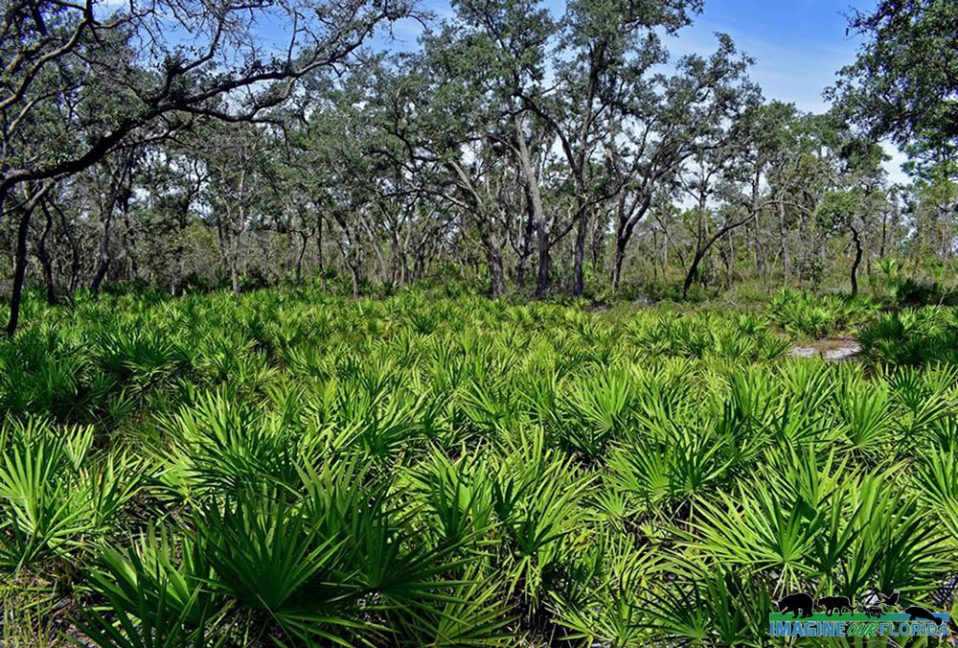
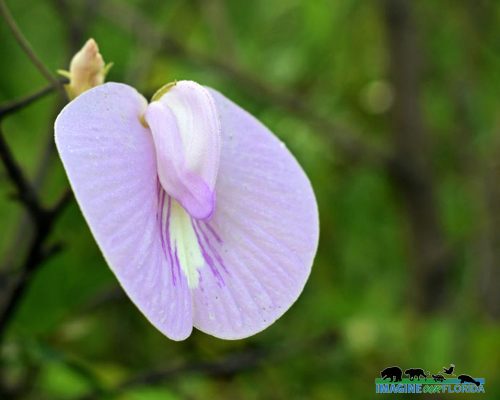
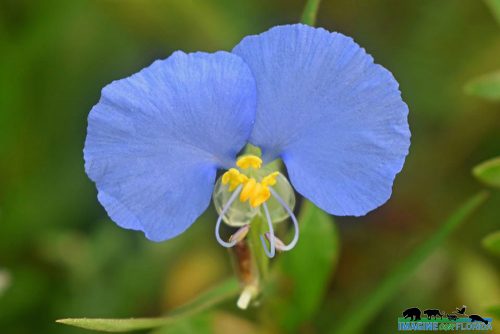
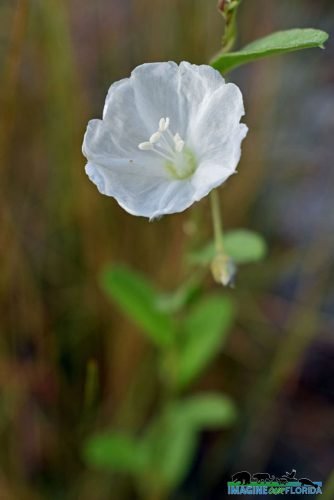
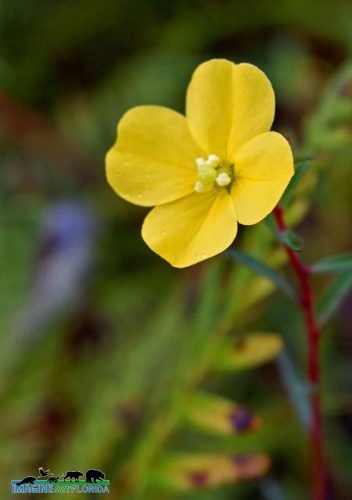
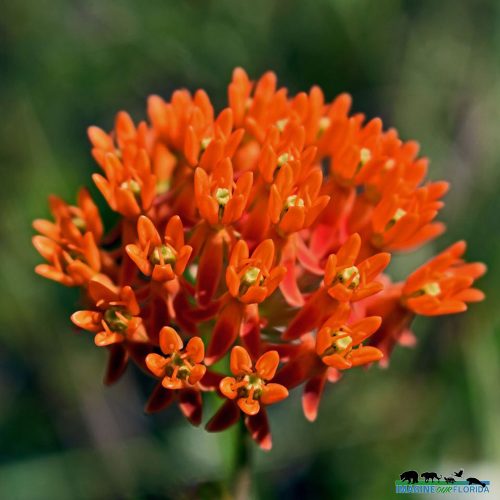
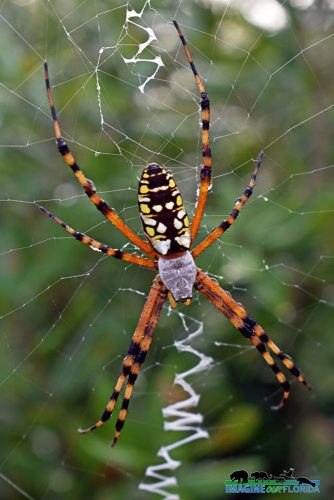
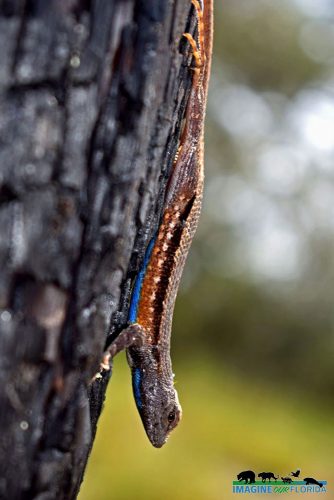
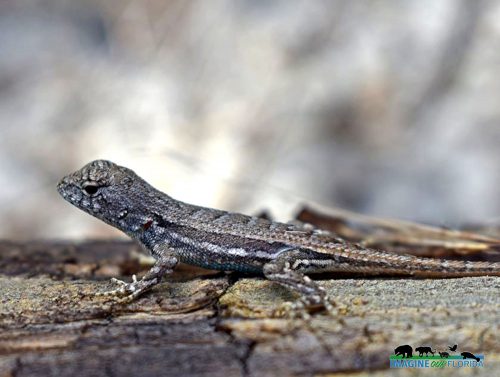
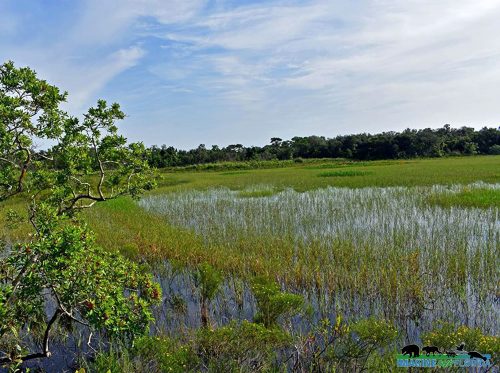
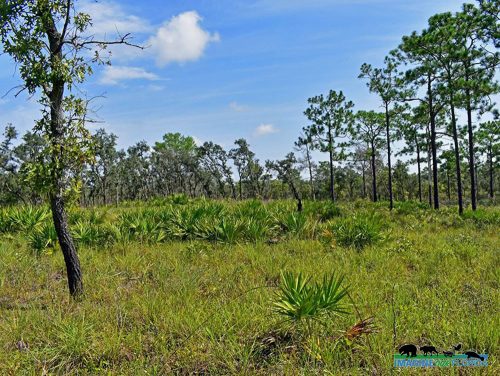
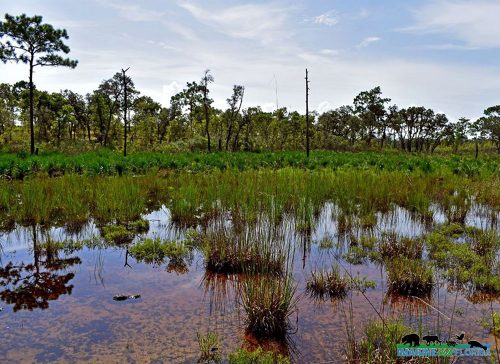
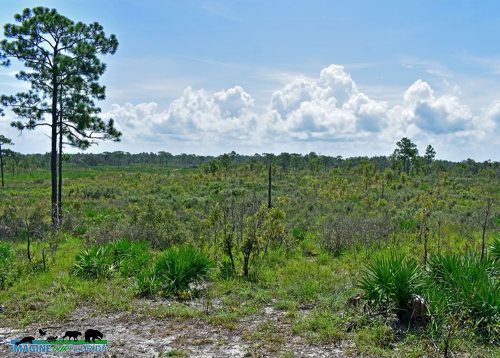
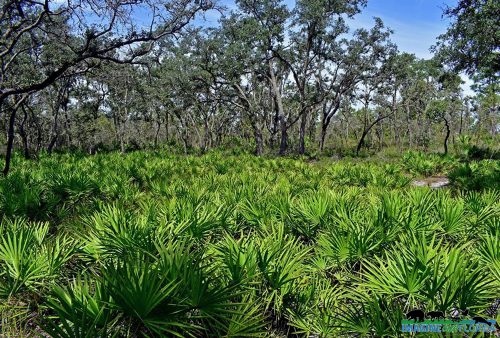
Recent Comments